
Nebbiolo is the Ferrari of wine grapes – uncompromising, high-maintenance, and absolutely worth every penny when it’s done right. This isn’t your mainstream, pedestrian red. No! This is a varietal that demands respect, patience, and a palate sophisticated enough to appreciate its Jekyll and Hyde personality.
In this article, we will delve deep into different aspects of Nebbiolo wines, including its characteristics, the regions that produce the most outstanding expressions of this Italian wine and the main sustainable trends that producers are implementing. As you read, discover the unique flavours, history, and regional specialties that make Nebbiolo wines truly exceptional.
If Pinot Noir is a ballerina and Cabernet Sauvignon is a linebacker, then Nebbiolo is the opera singer—dramatic, nuanced, demanding, and unforgettable.
Nebbiolo (from nebbia, Italian for “fog”) is the grape behind some of Italy’s most revered wines: Barolo and Barbaresco. Nebbiolo is an essential part of Italy's most renowned wines. The Italian word nebbia means fog, referencing the frequent, thick mists that blanket the vineyards during harvest. This fog is a defining feature of the Piedmont region, shaping the grape's growth and lending Nebbiolo its name. During harvest, intense fog sets over the rolling hills, adding to the mystique and character of the grape.
It’s a paradox in a glass: pale in colour yet intense in flavour, youthful and angry but graceful with age. It’s a grape that makes you work for it, but rewards you with one of the most profound drinking experiences in wine.
Nebbiolo may be Italy’s diva, but its allure has tempted winemakers far beyond the misty hills of Piedmont. While the grape is rarely grown outside its homeland, a handful of adventurous producers have planted Nebbiolo in new corners of the globe—from California’s sun-drenched valleys to the cool slopes of Australia. Yet, Nebbiolo remains stubbornly tied to its roots: only the best Nebbiolo sites, with their specific hillside locations, unique soil types, and dramatic swings of temperature and fog, seem to coax greatness from this grape.
What makes Nebbiolo so particular? It’s all about the details. The grape flowers early and ripens late, demanding a long, gentle growing season. Its anthocyanins—those water-soluble pigments responsible for colour—are easily oxidized, leading to wines that smell light and look pale even when young. But don’t be fooled: beneath that delicate hue lies a powerhouse of tannin and acidity, the secret to Nebbiolo’s legendary age worthiness.
In the cellar, making wine from Nebbiolo is an exercise in patience. Extended maceration extracts a tannic structure that can be fierce in youth, but with time in oak barrels and bottle, those grippy tannins mellow, revealing layers of cherry, forest floor, and anise. The best Nebbiolo vineyards—whether in the Langhe, Valtellina, or the rare outposts abroad—produce wines rich in complexity, with a savoury edge that pairs beautifully with foods rich in olive oil, butter, or even spice-driven Asian and Chinese dishes.
As climate change nudges the boundaries of where Nebbiolo can thrive, new regions are experimenting with this grape, but the heart of Nebbiolo remains in northwest Italy. Here, in the country’s premier wines, Nebbiolo continues to challenge and enchant, proving that some divas are worth the drama. Whether you’re a seasoned collector or a curious newcomer, exploring the world of Nebbiolo is a journey through terroir, tradition, and the endless possibilities of the grape.
Nebbiolo is a traditionalist’s grape—long fermentations, extended maceration, and aging in wood (often large Slavonian oak) are the norm, especially in Barolo and Barbaresco. Nebbiolo wine is renowned for its complex aromas, high acidity, and firm tannins, making it one of Italy's most iconic red wines.
The result? A wine with gripping tannins, piercing acidity, and aromas that age from rose petals and cherries to truffle, leather, and tar. Nebbiolo produces lightly coloured red wines that can be highly tannic in youth, with scents of tar and roses.
Nebbiolo is the Jekyll and Hyde of wine: floral and delicate on the nose, fierce and tannic on the palate.
Nebbiolo is not a wine that flatters you. It demands your attention like a super-hot model walking down the runway.
Great Nebbiolo wines captivate with a distinctive blend of aromas, flavours, and structure that makes them truly memorable. Here’s what sets the best examples apart:
If Barolo and Barbaresco are the headliners, Langhe Nebbiolo is the breakout indie act—easier to approach, but still unmistakably Nebbiolo. Sourced from many Nebbiolo vineyards across the Langhe region, these wines offer a taste of Piedmont’s signature grape without the wait (or the price tag) of the big names. Langhe Nebbiolo is often made from younger vines or grapes grown outside the strictest Barolo and Barbaresco zones, resulting in wines that are lighter, fresher, and more approachable in their youth. Expect vibrant red fruit, a whiff of roses, and that classic grippy tannin—just dialed down for immediate pleasure.
But the Nebbiolo story doesn’t end there. Nebbiolo d’Alba is another gem, crafted from grapes grown in the rolling hills between Barolo and Barbaresco. These wines bridge the gap between the power of Barolo and the elegance of Langhe Nebbiolo, offering very good examples of the grape’s versatility. Roero Rosso, from the sandy soils north of the Tanaro River, offers a more floral and approachable style, perfect for those who want Nebbiolo’s perfume without the palate workout.
Venture east to the Valtellina region in Lombardy, and you’ll find Nebbiolo masquerading as Chiavennasca. Here, the grape is planted on steep, terraced slopes, producing wines that are lighter in body but packed with minerality and alpine freshness. These Nebbiolo-based wines are a testament to the grape’s ability to reflect its environment, from the silt-based soils of La Morra to the rocky outcrops of the Alps.
Whether you’re sipping a youthful Langhe Nebbiolo with Italian fare or exploring the savoury, spice-driven side of Valtellina with Asian cuisine, these wines prove that Nebbiolo is more than just Barolo. It’s a whole world of flavour, waiting to be discovered.
his is not your casual pasta wine. Nebbiolo demands food with structure, fat, and umami. It especially shines with dishes that feature fat, such as those made with butter or olive oil.
Pro tip: Think rich, slow-cooked, or funky. This is a wine that plays well with depth.
Most famously grown in Piedmont, in the shadowy, mist-kissed hills of the Langhe, Nebbiolo is a diva in the vineyard: picky about soil, fussy about sun exposure, and one of the first to bud and last to ripen. You don’t plant Nebbiolo. You negotiate with it. Plant it in the wrong spot, and it throws a tantrum.
While Nebbiolo’s story is inextricably linked to the misty hills and distinctive soils of Northern Italy, this grape thrives where the climate is cool and the fog rolls in thick, shaping its complex character and demanding nature. While Piedmont is undeniably Nebbiolo’s spiritual home, its influence extends beyond, creating a diverse map of production regions that each adds its own signature to this noble varietal. Barolo and Barbaresco are widely regarded as the country’s premier wines, celebrated for their quality and prestige.
Each of these regions contributes to the rich tapestry of Nebbiolo wines, showcasing the grape’s remarkable ability to express its environment with elegance and power.
This isn’t a pop-and-pour wine.
Serving Temp: 16–18°C (60–65°F)
Decanting: 1–3 hours for young Barolo/Barbaresco
Glassware: Large Burgundy bowl to release aromatics
Cellaring: 10–30 years for top Barolo; 5–10 for others
A 10-year-old Barolo isn’t old—it’s waking up.
Nebbiolo is not a crowd-pleaser. It’s a slow burn for the committed. This grape requires years of ageing to balance the tannins with other characteristics, making it a wine that rewards patience and dedication.
Nebbiolo’s obsession with place and patience naturally lends itself to low-intervention winemaking.
But beware: global warming is the X-factor. A grape that already struggles to ripen now often overripens, changing the stylistic fingerprint.
Nebbiolo isn’t for everyone—and that’s its power. It doesn’t care if you like it. It wants to be understood.
It's:
If you’ve only had red wines that slap you with jam and oak, Nebbiolo will reprogram your expectations. It's aristocratic but earthy, demanding but delicate. A contradiction in every glass.
“Barolo is a wine for drinking with your grandchildren. And maybe also your enemies—to impress them.”

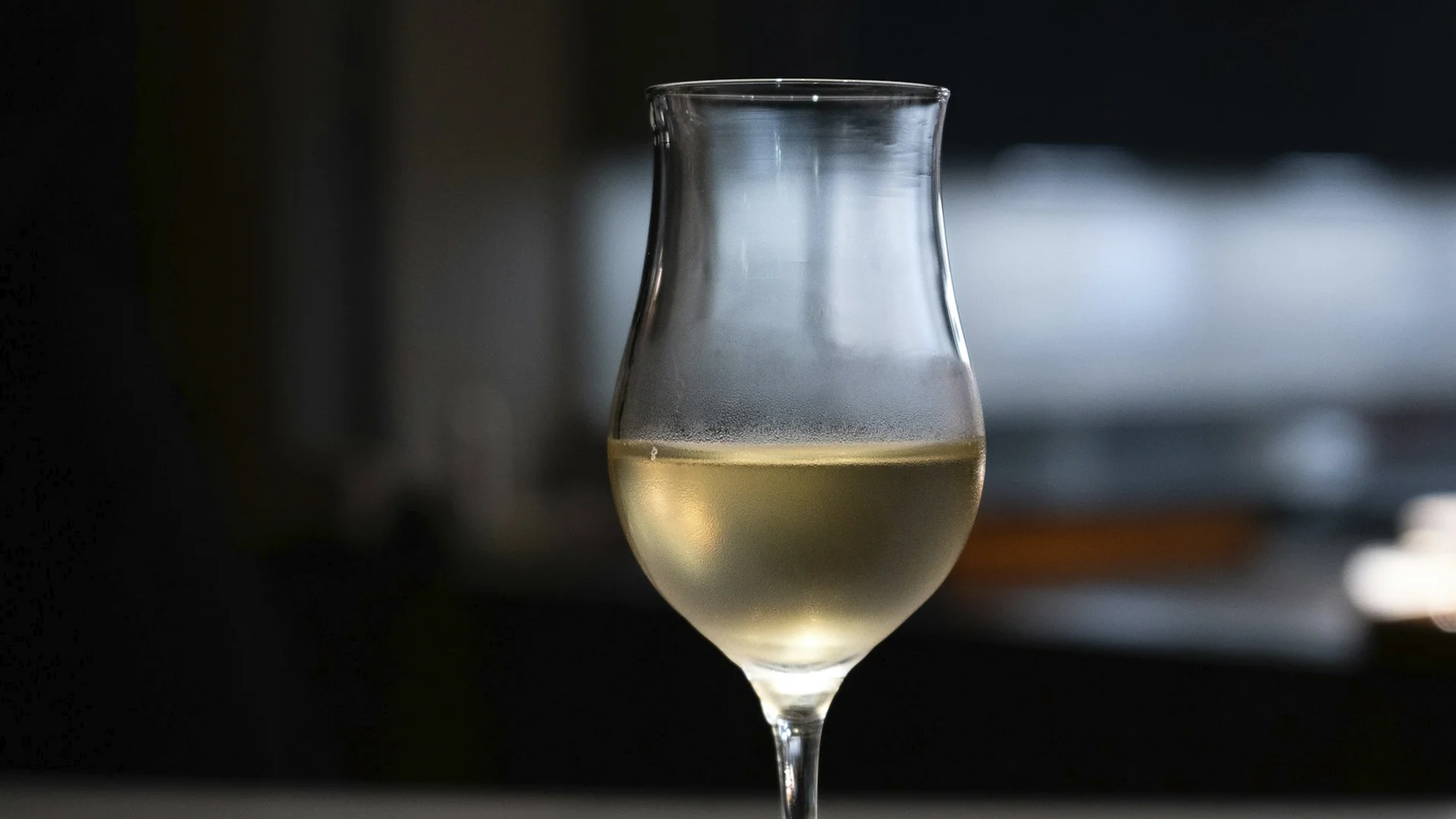
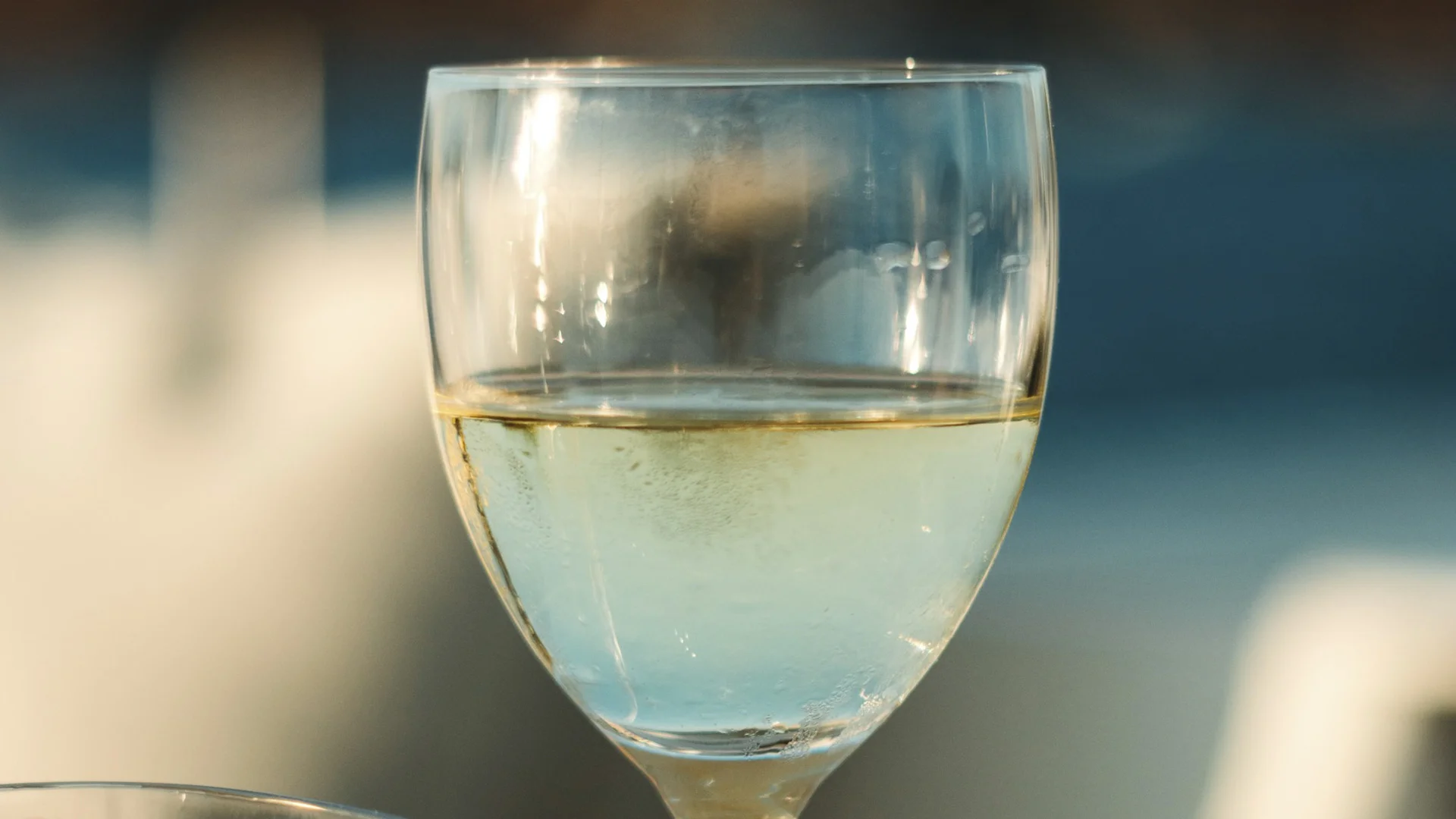
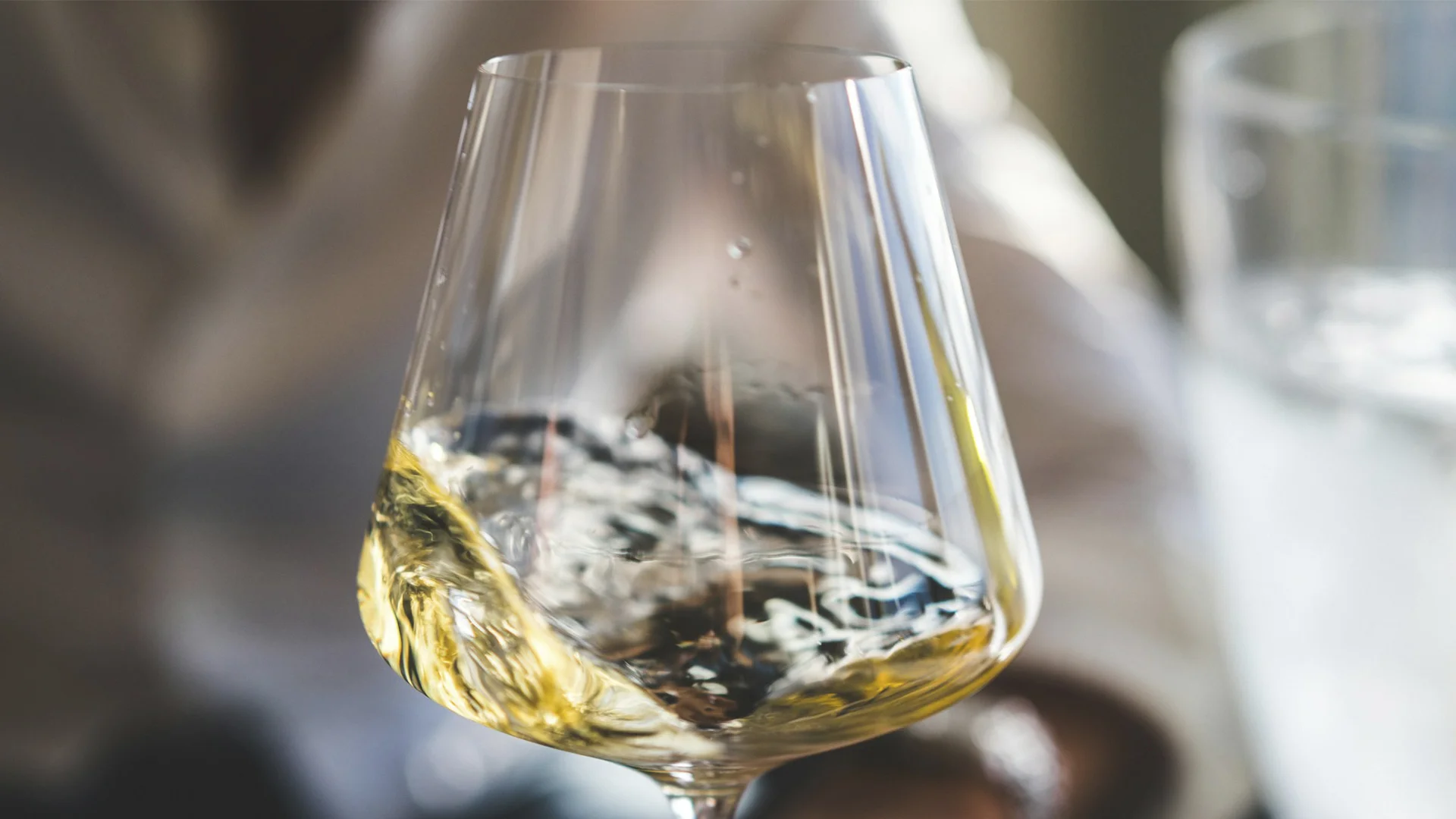
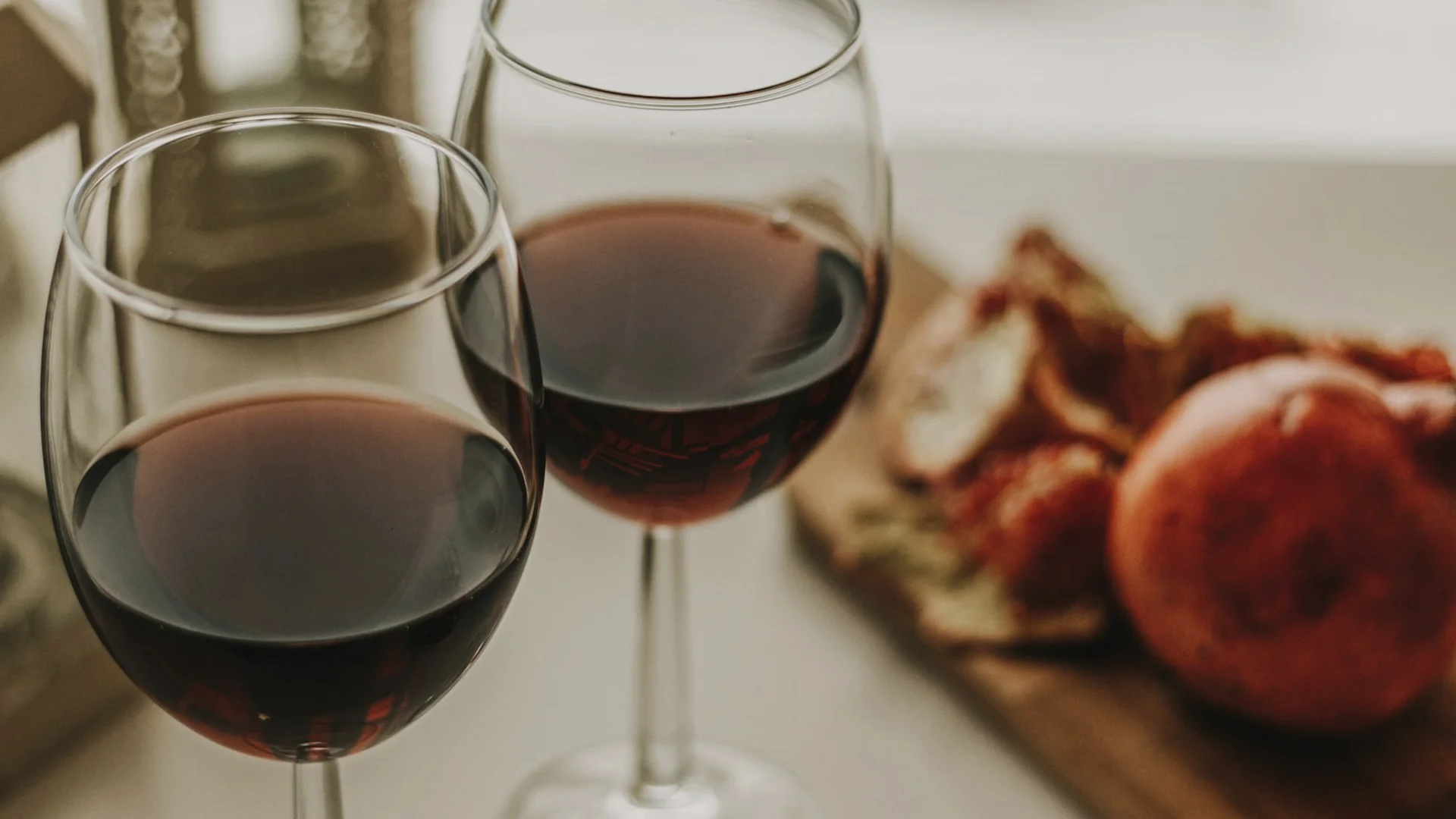
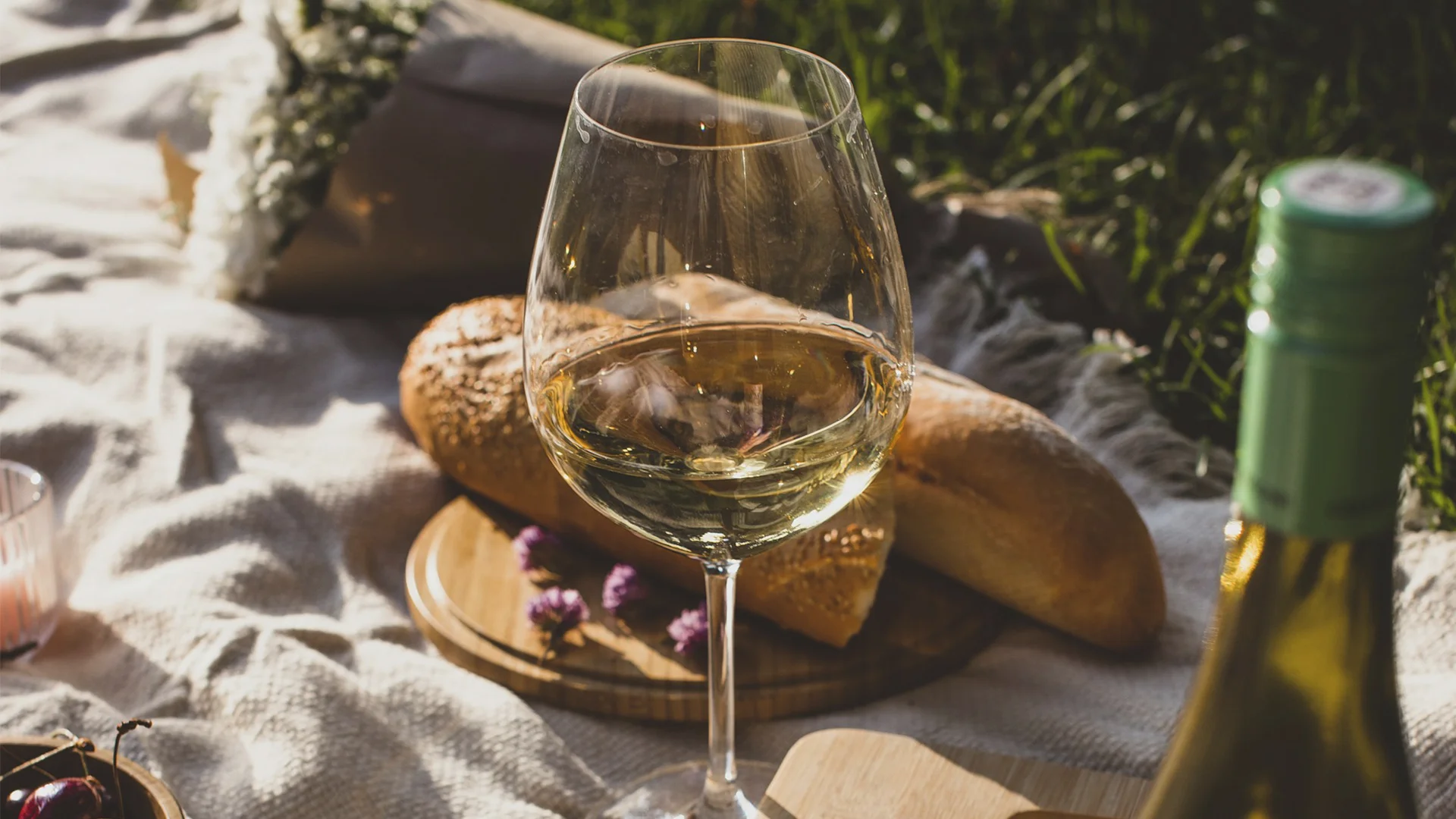
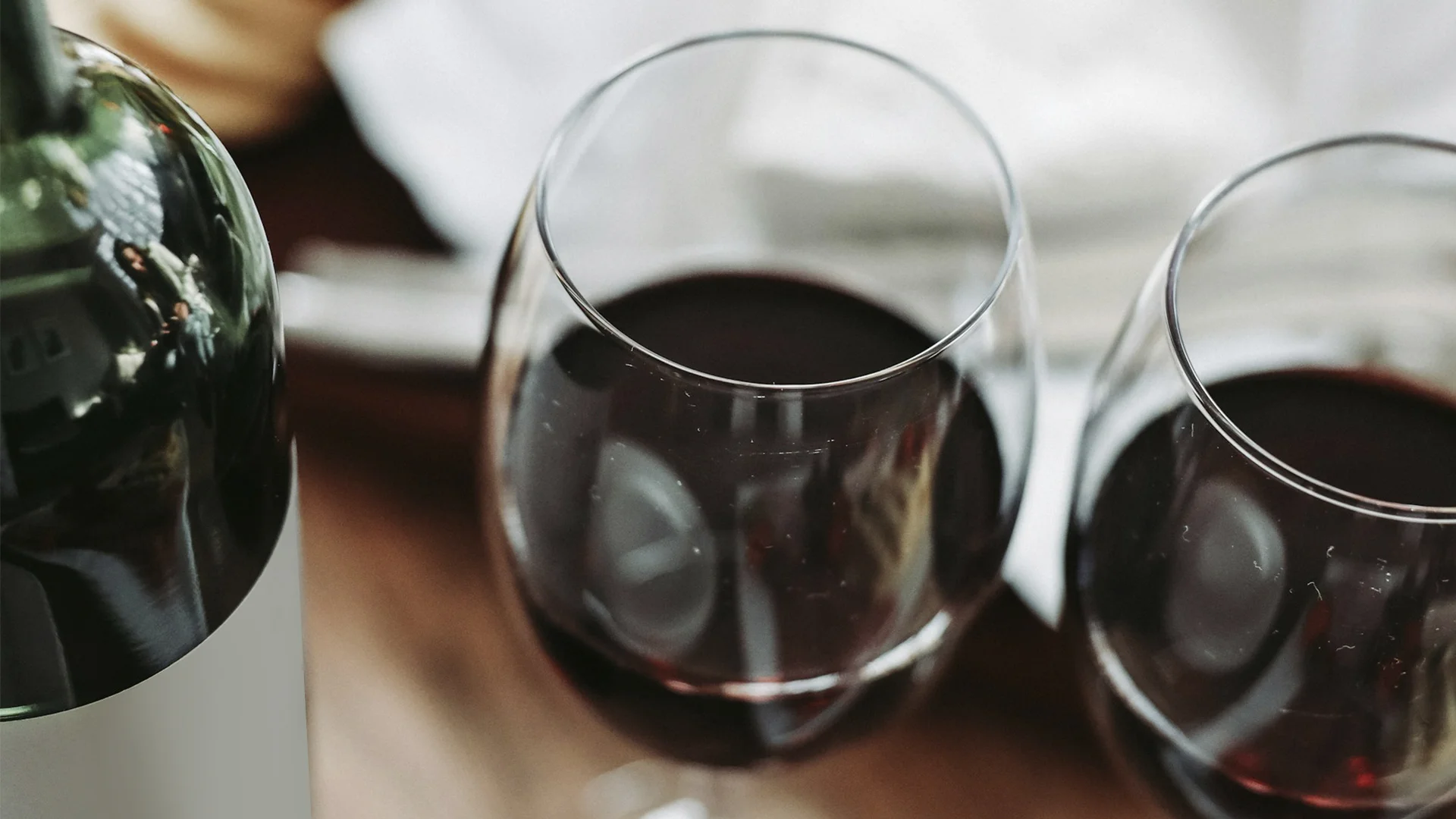
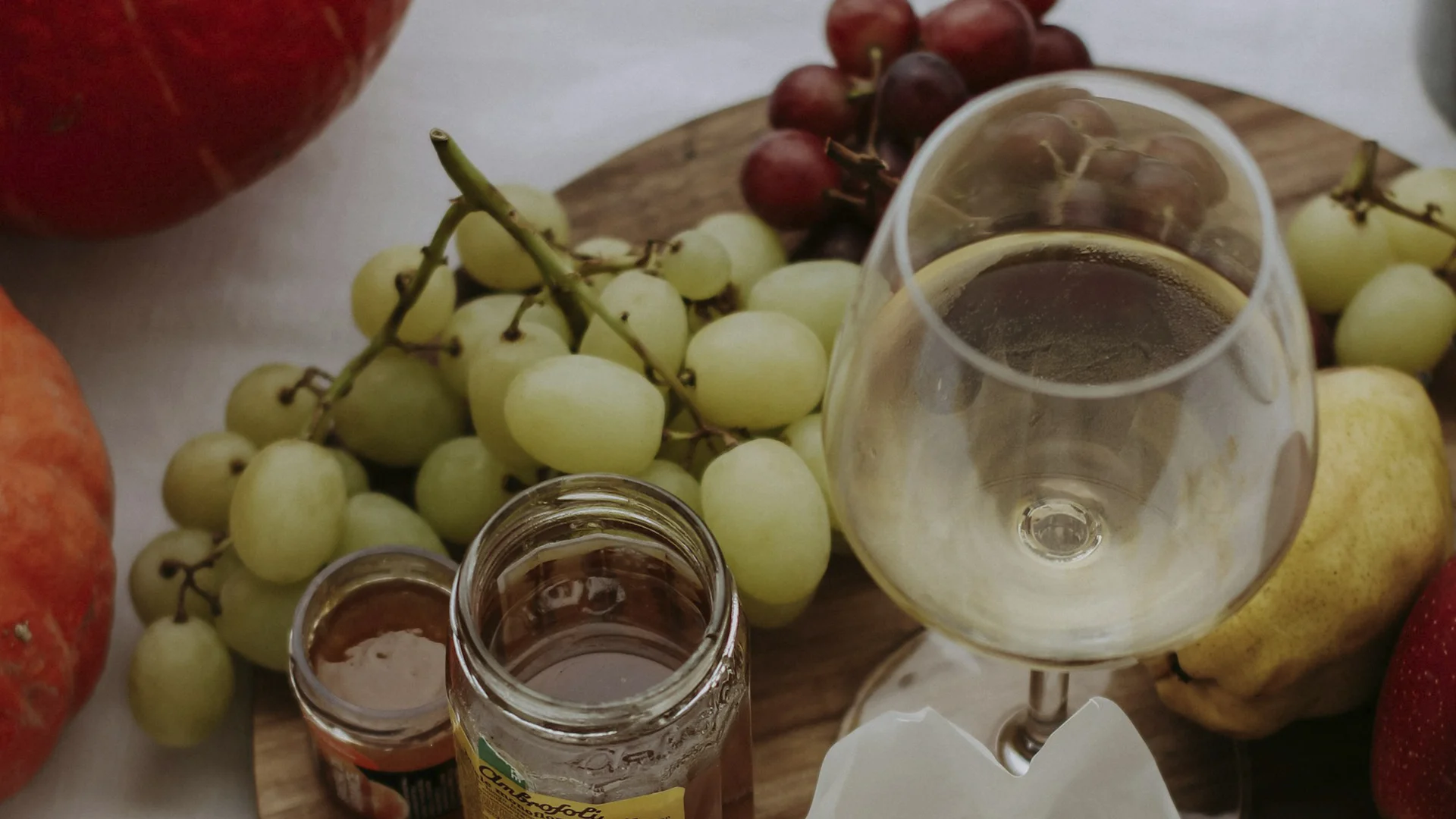
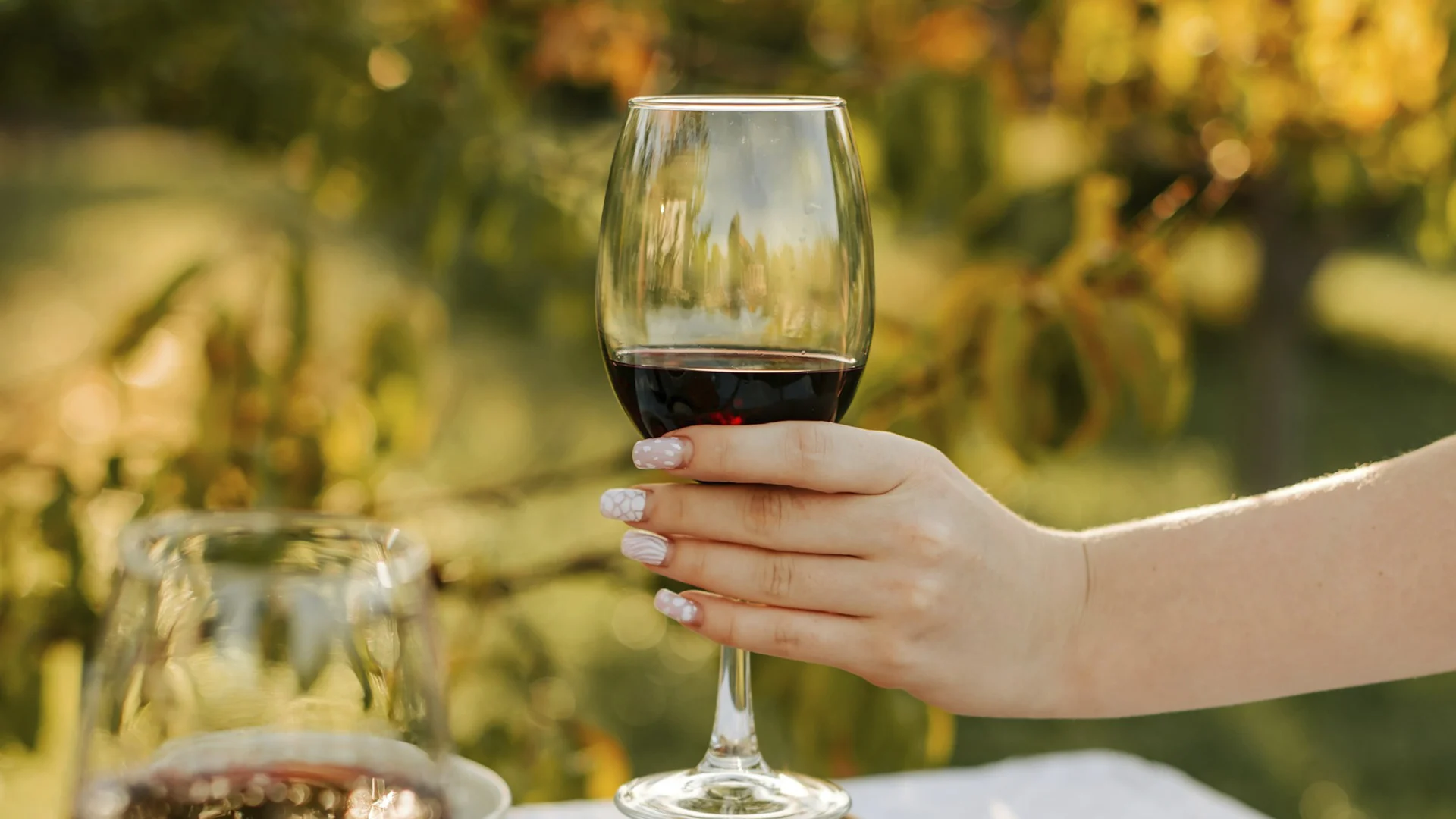

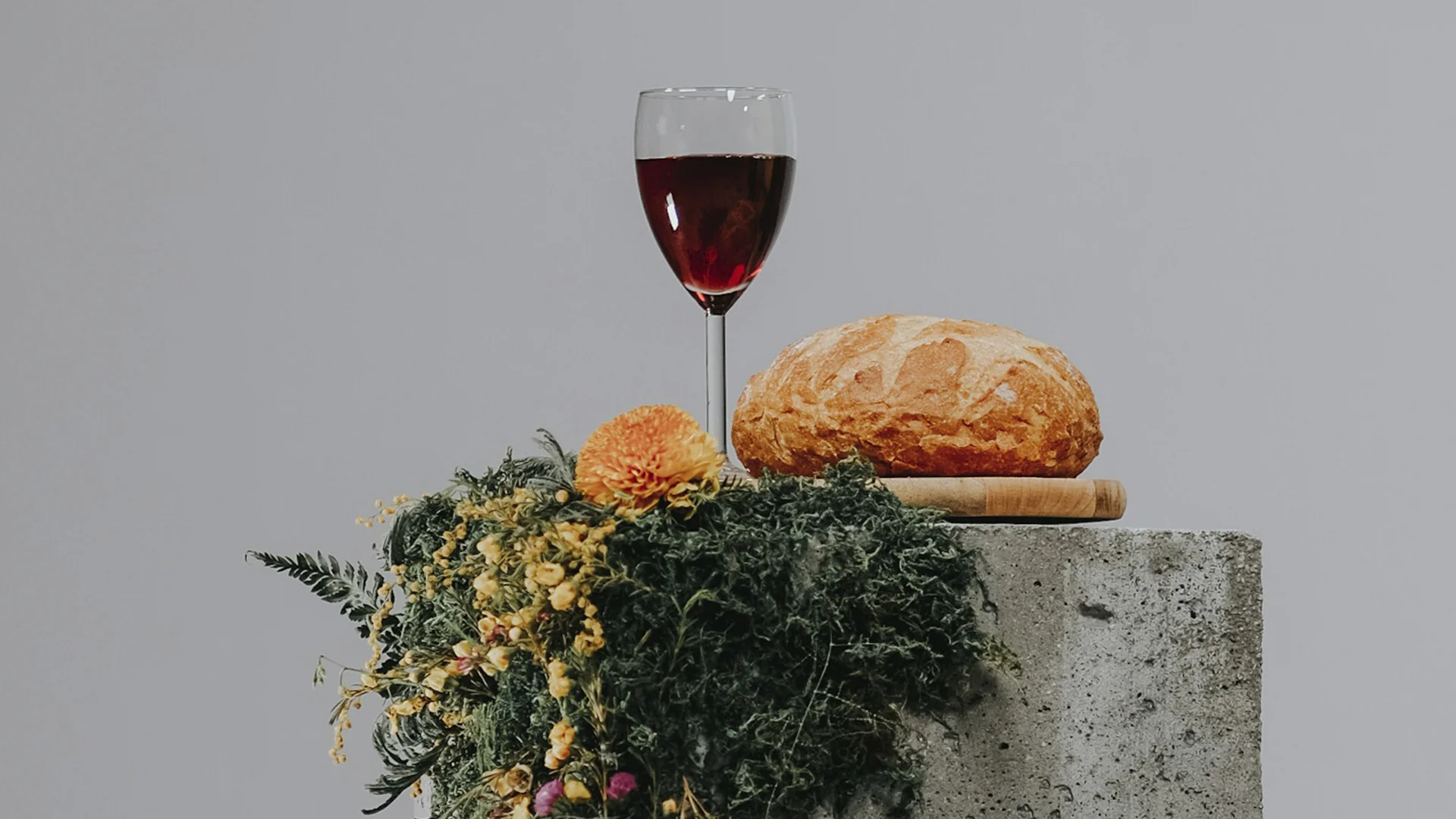
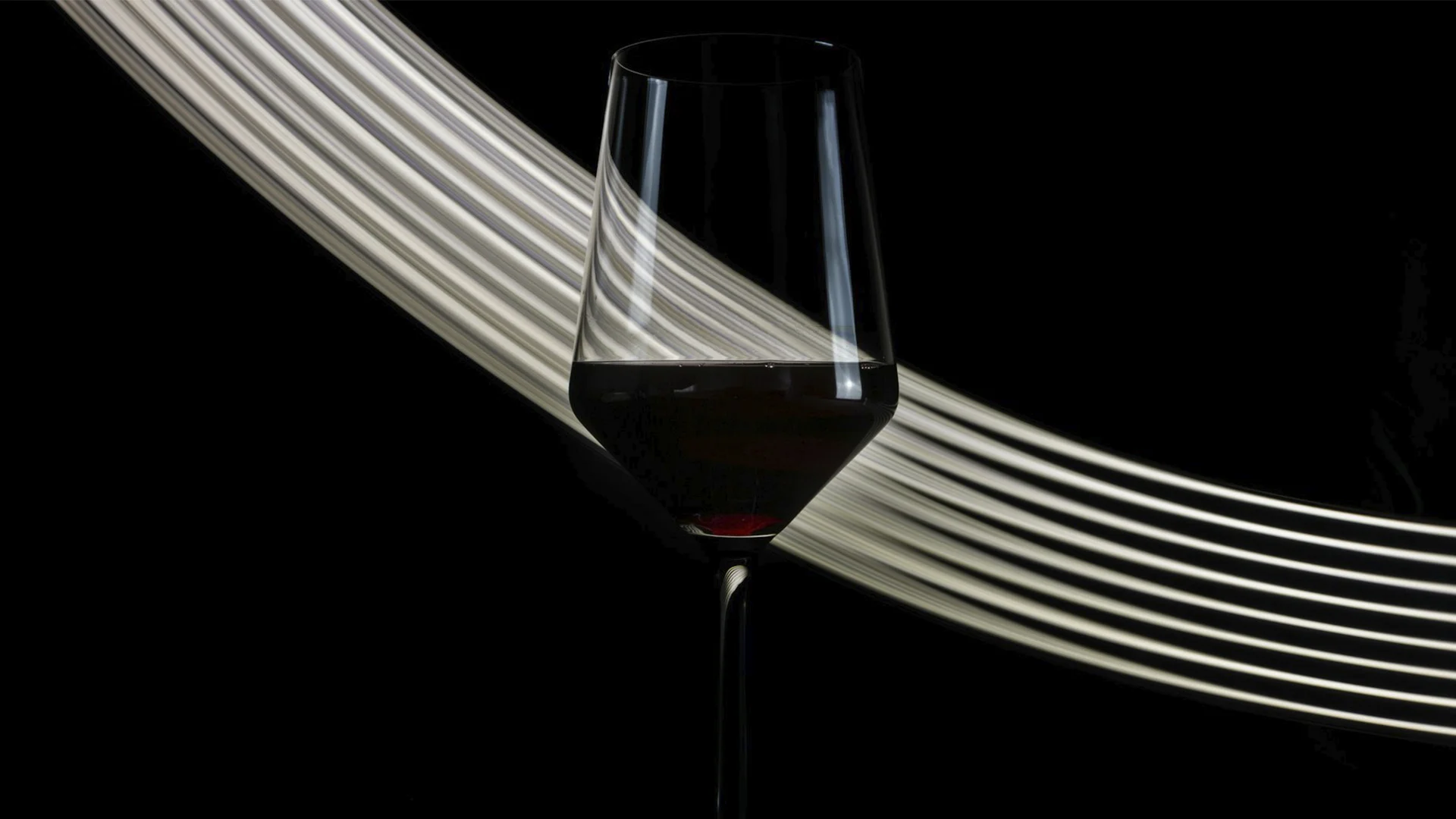

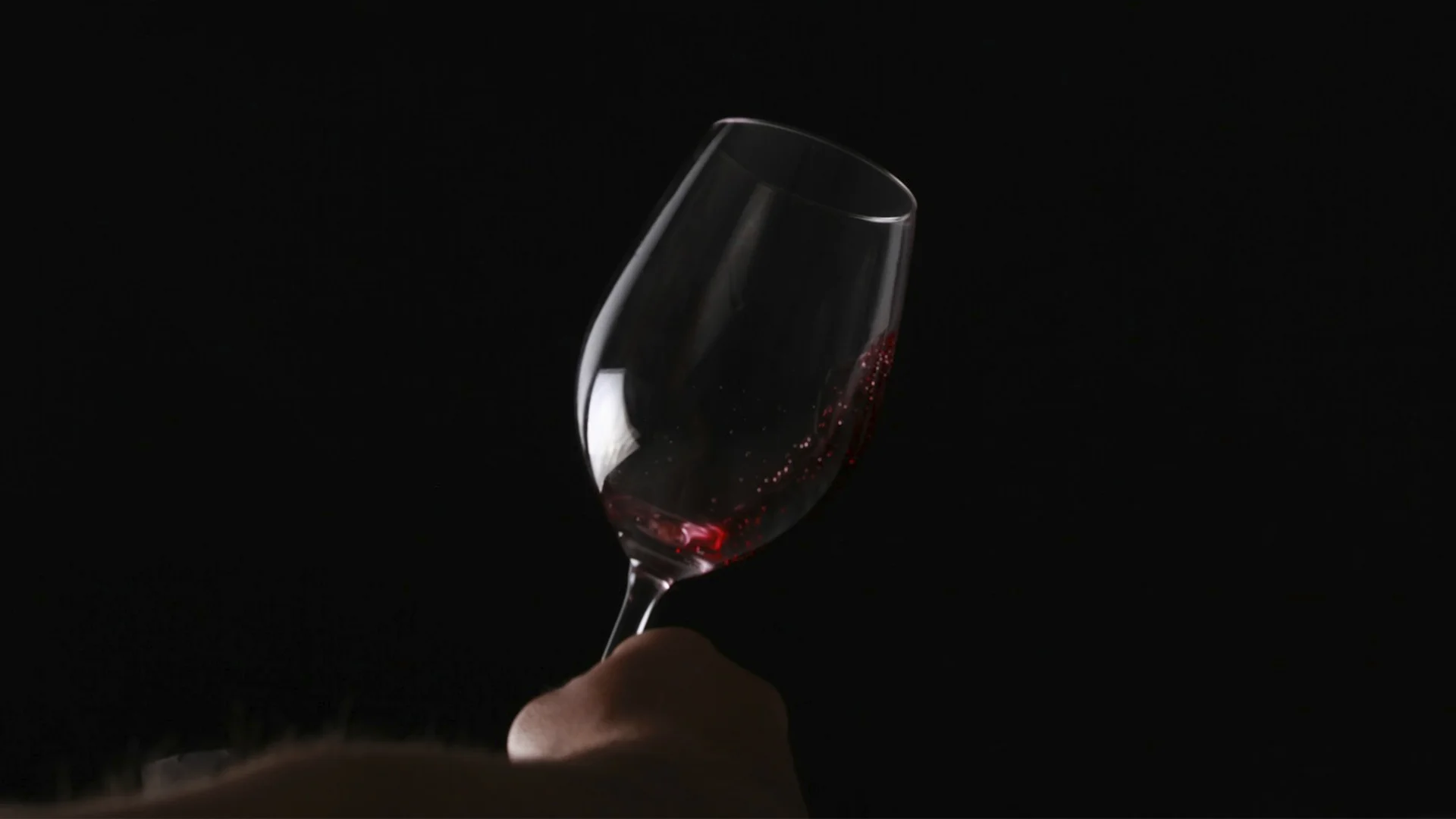
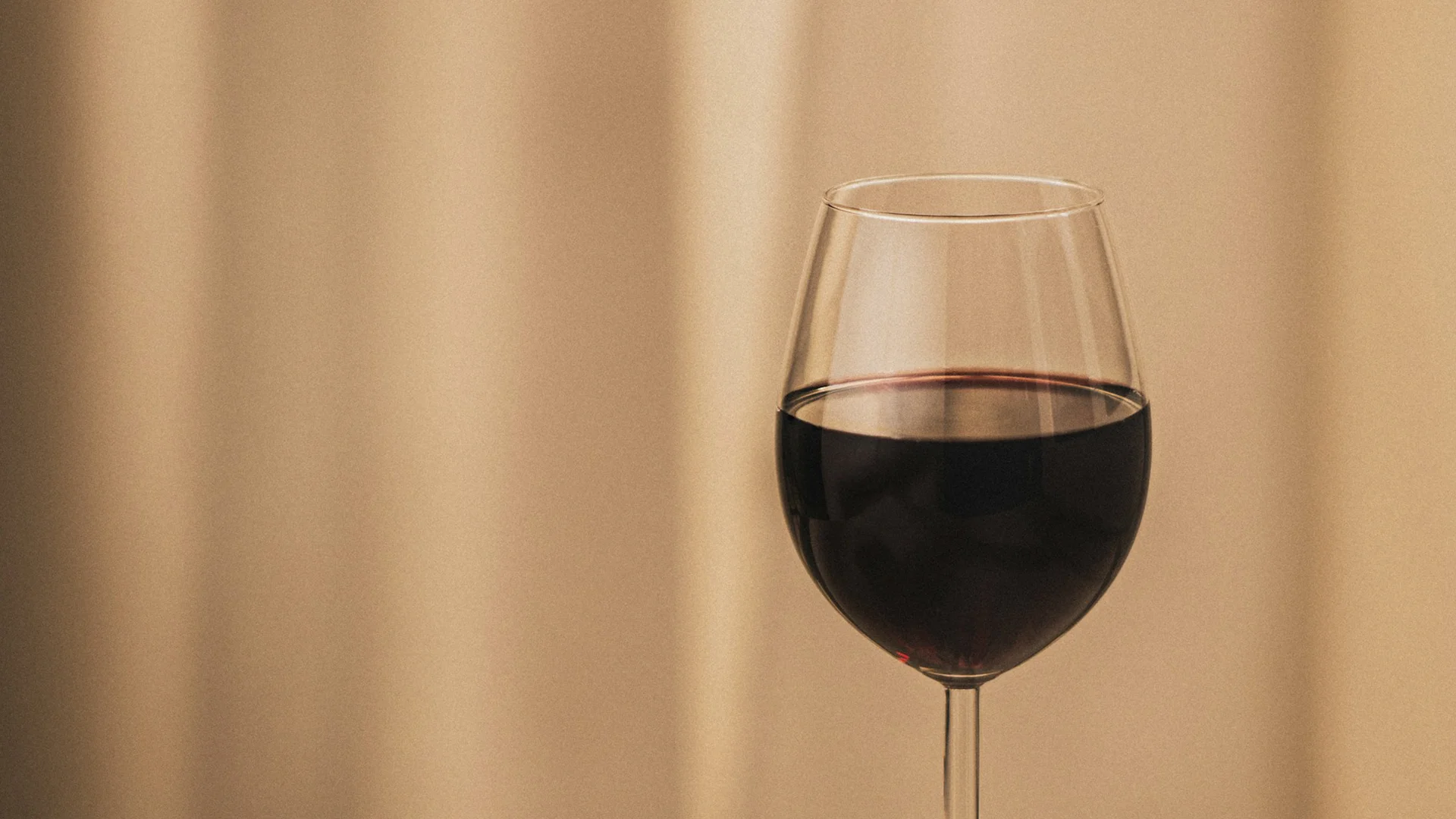
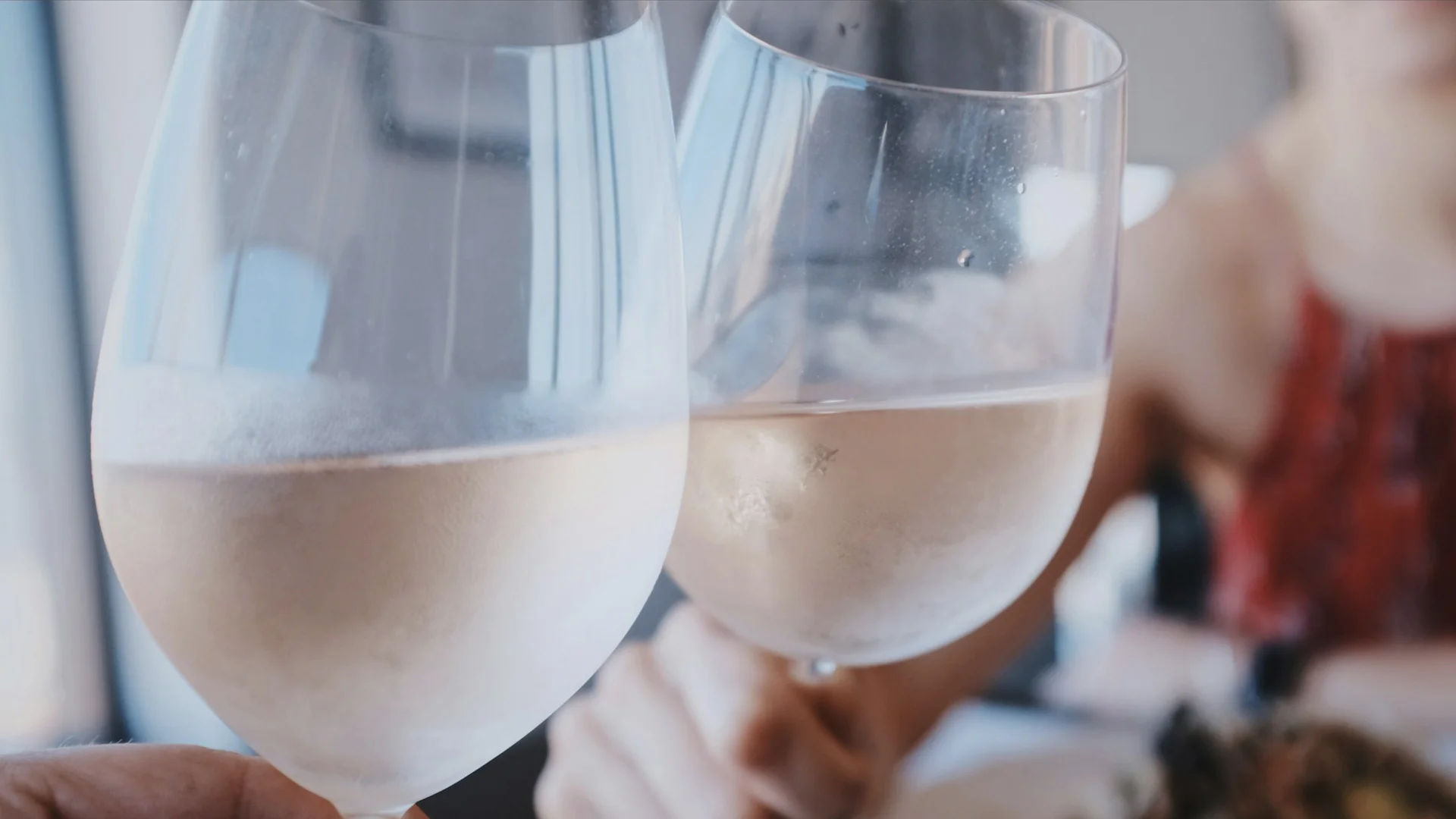
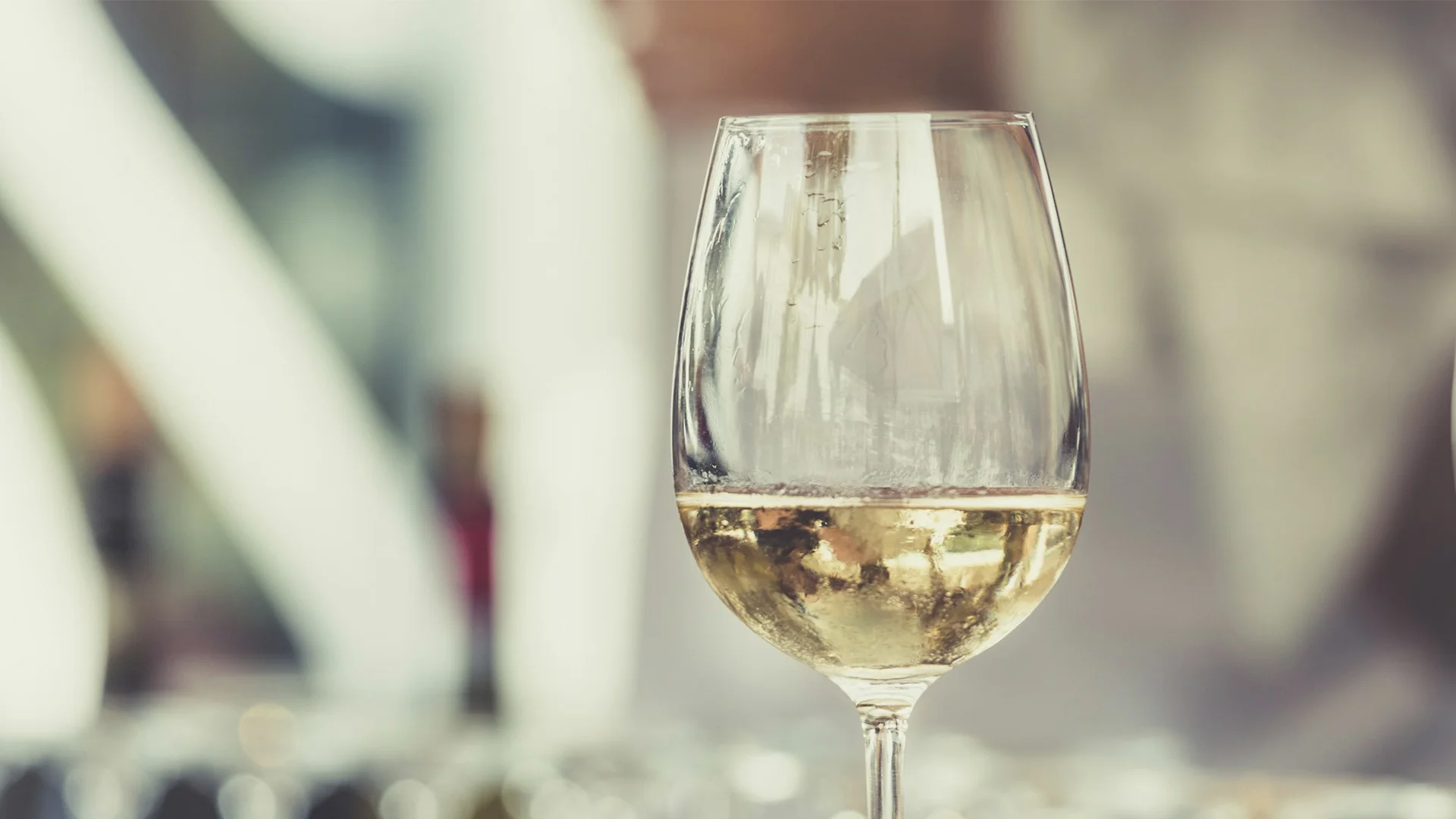
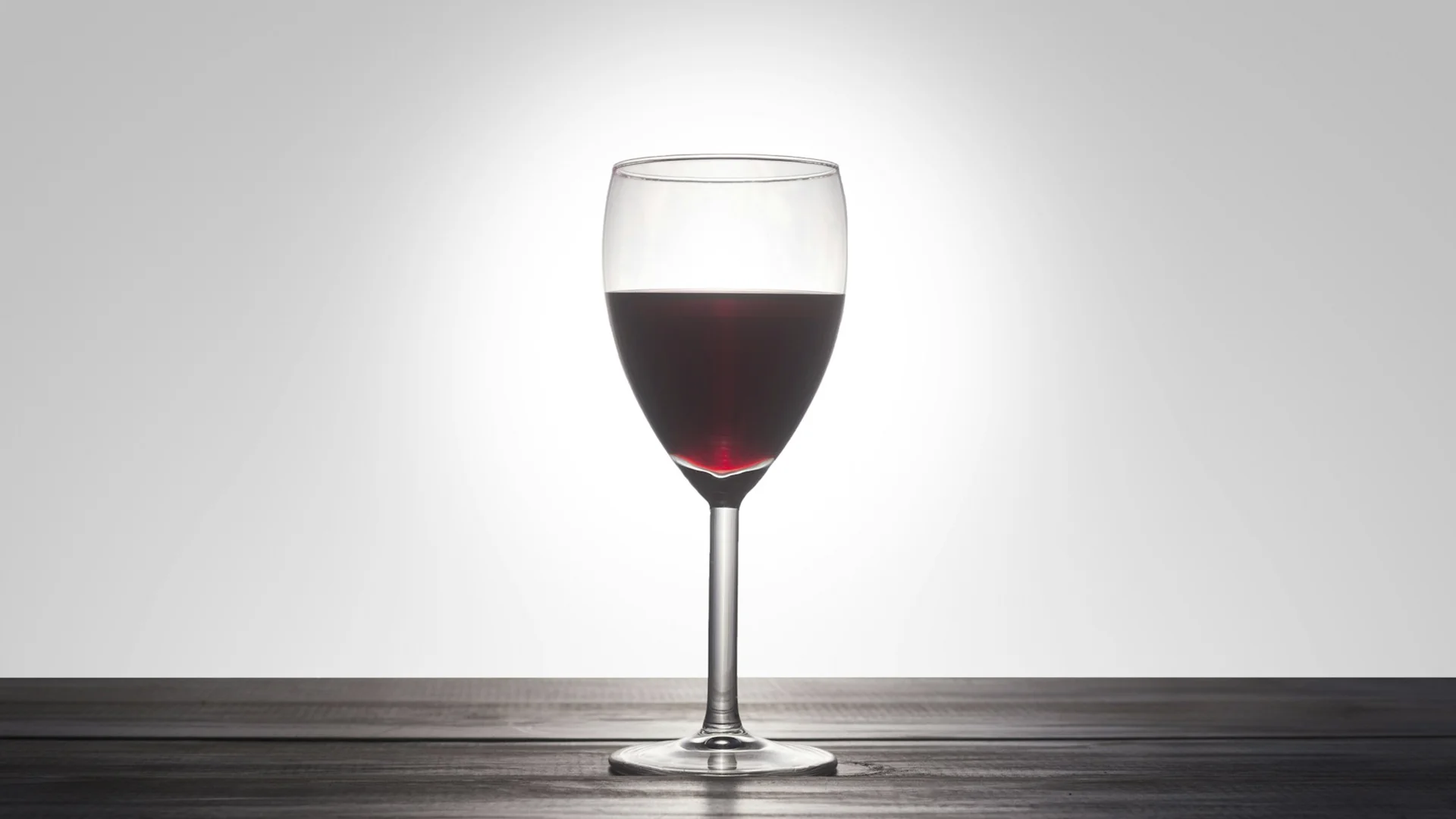


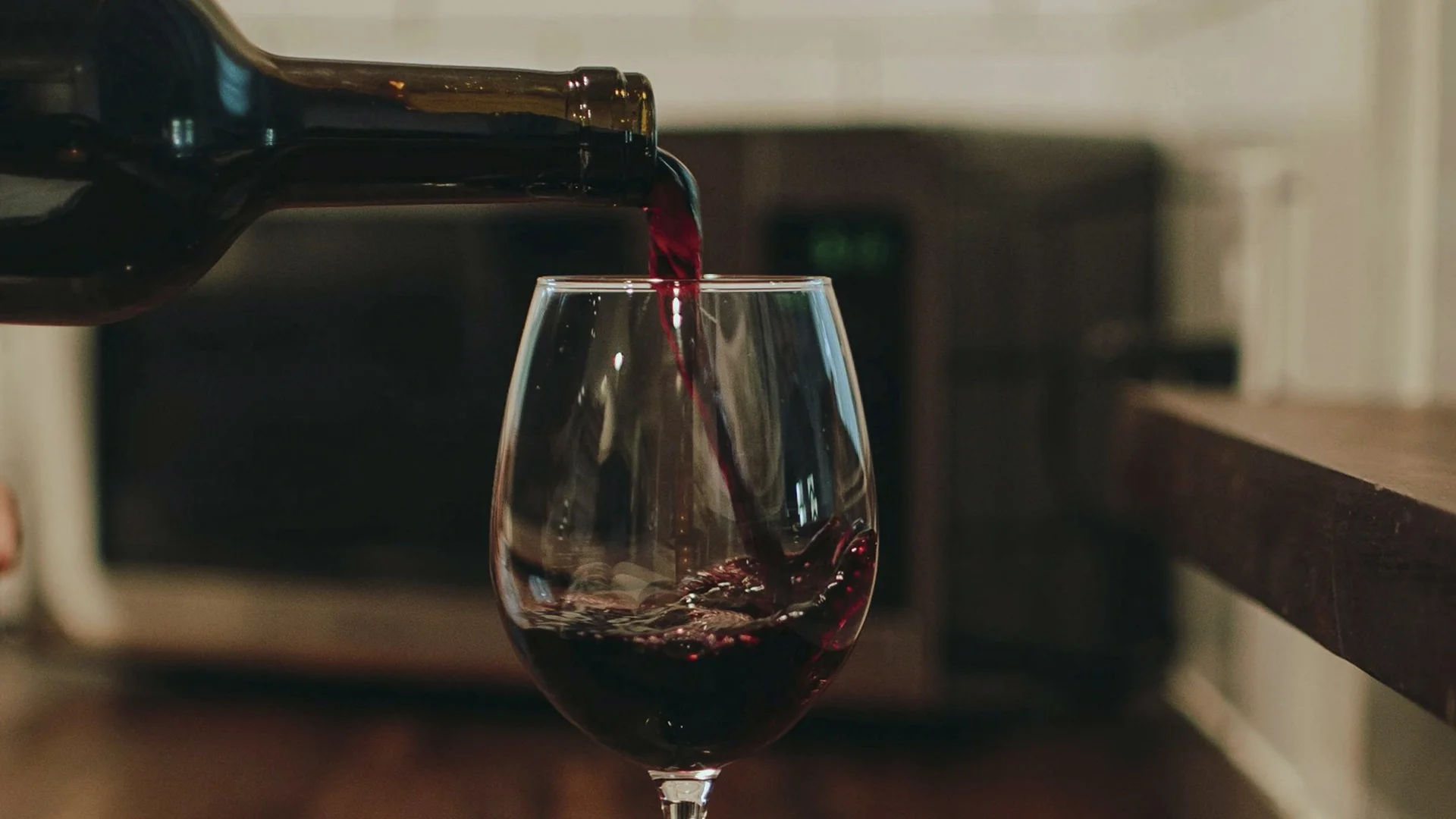
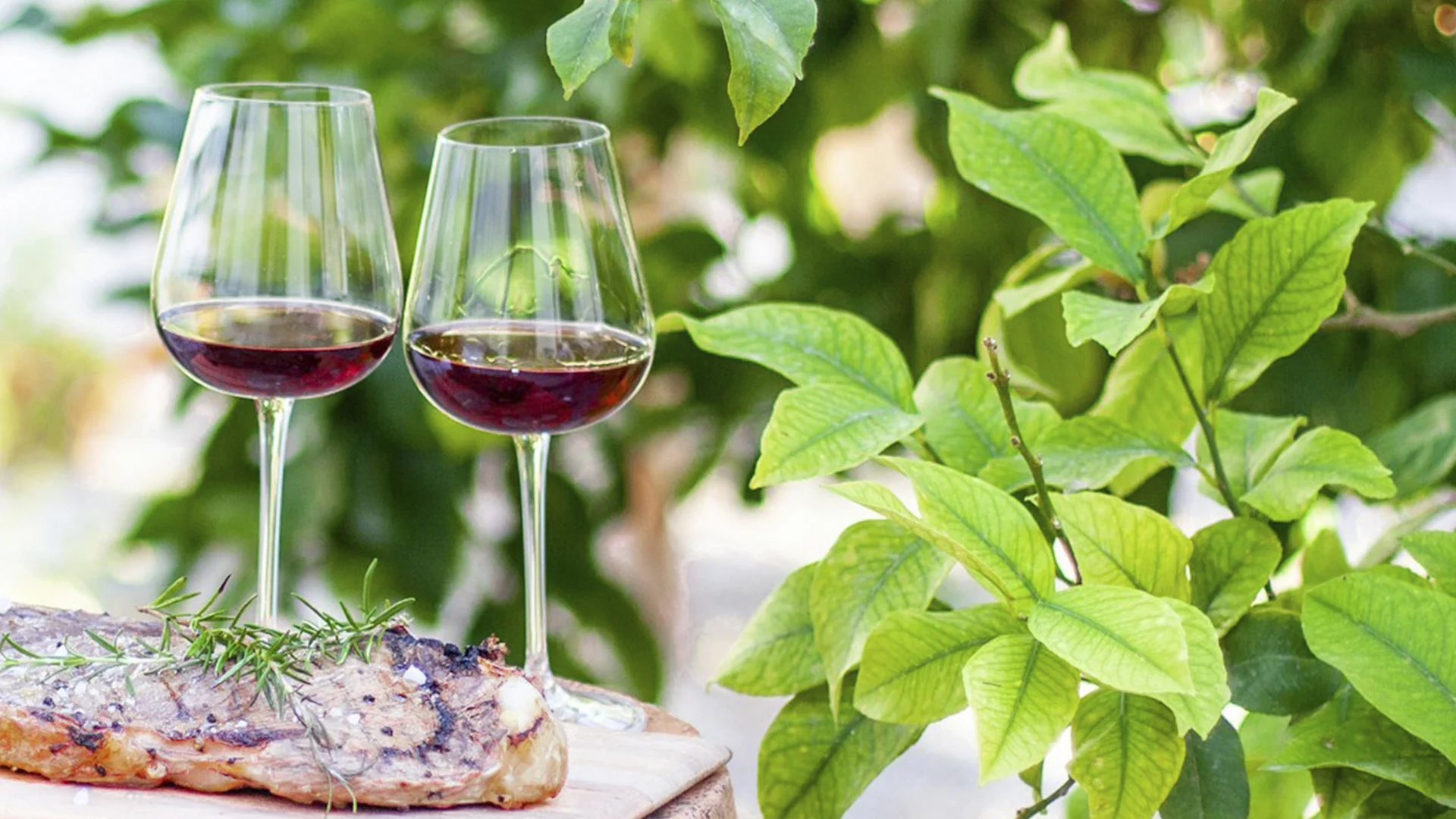

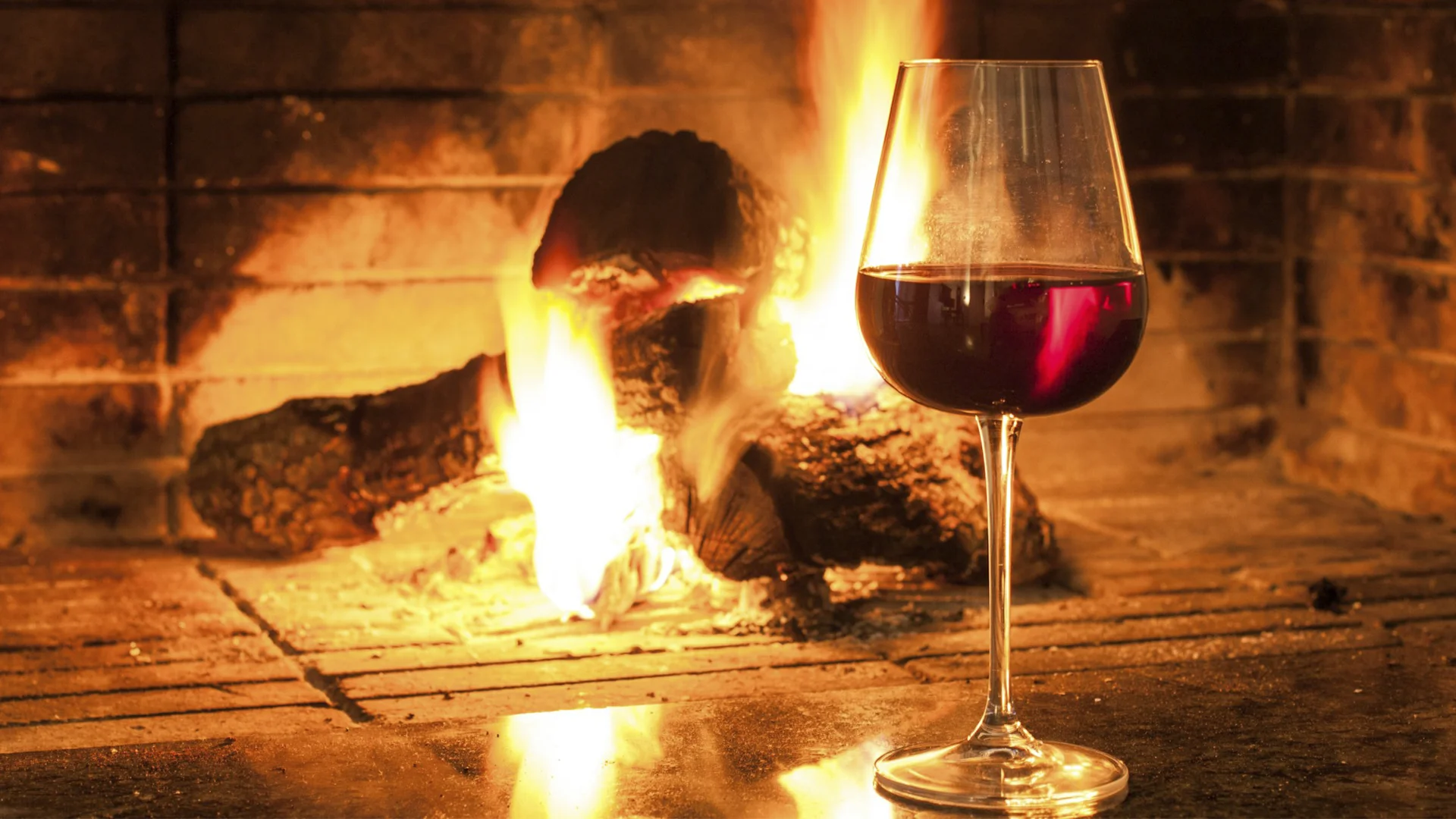
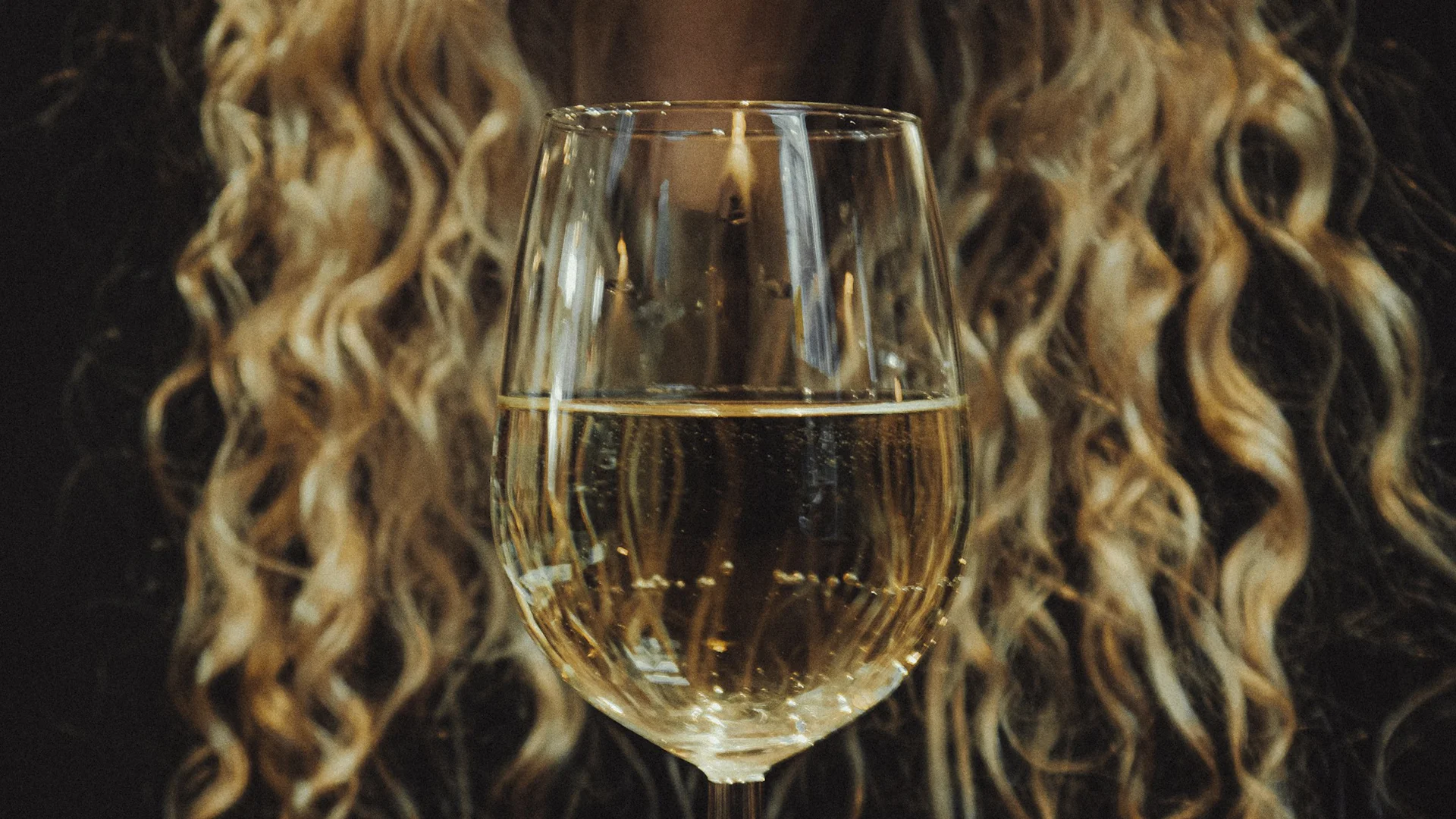
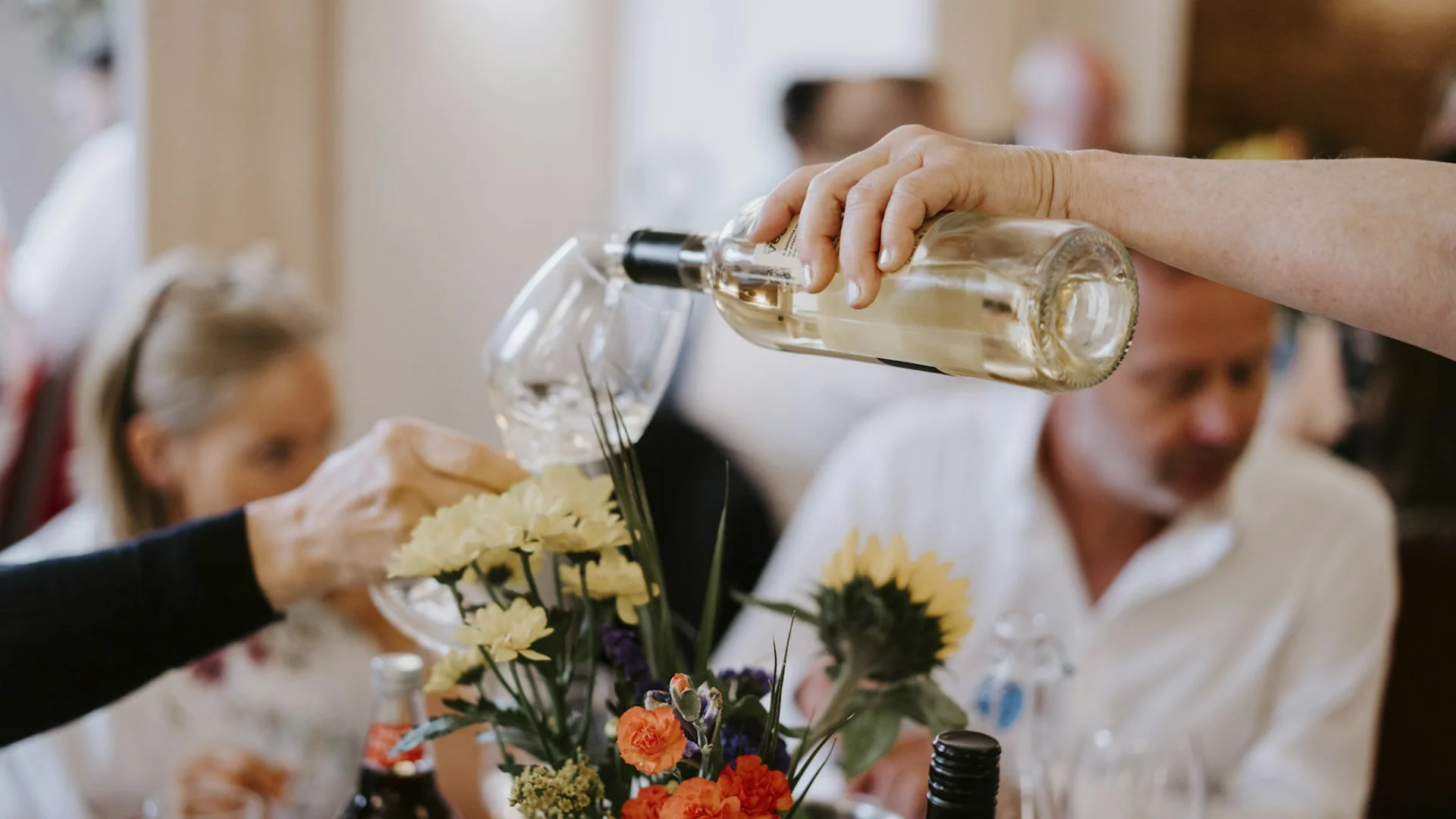
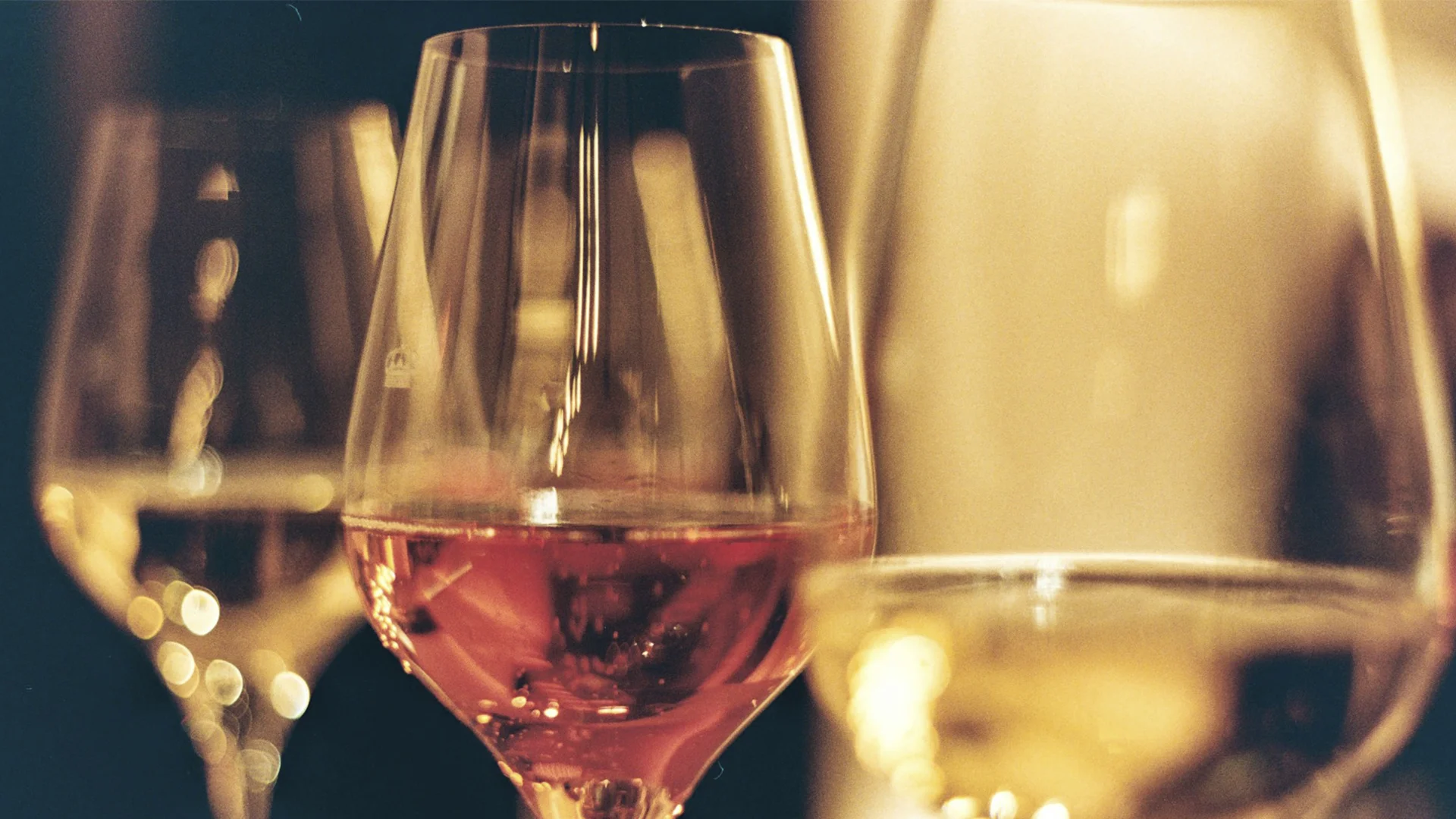
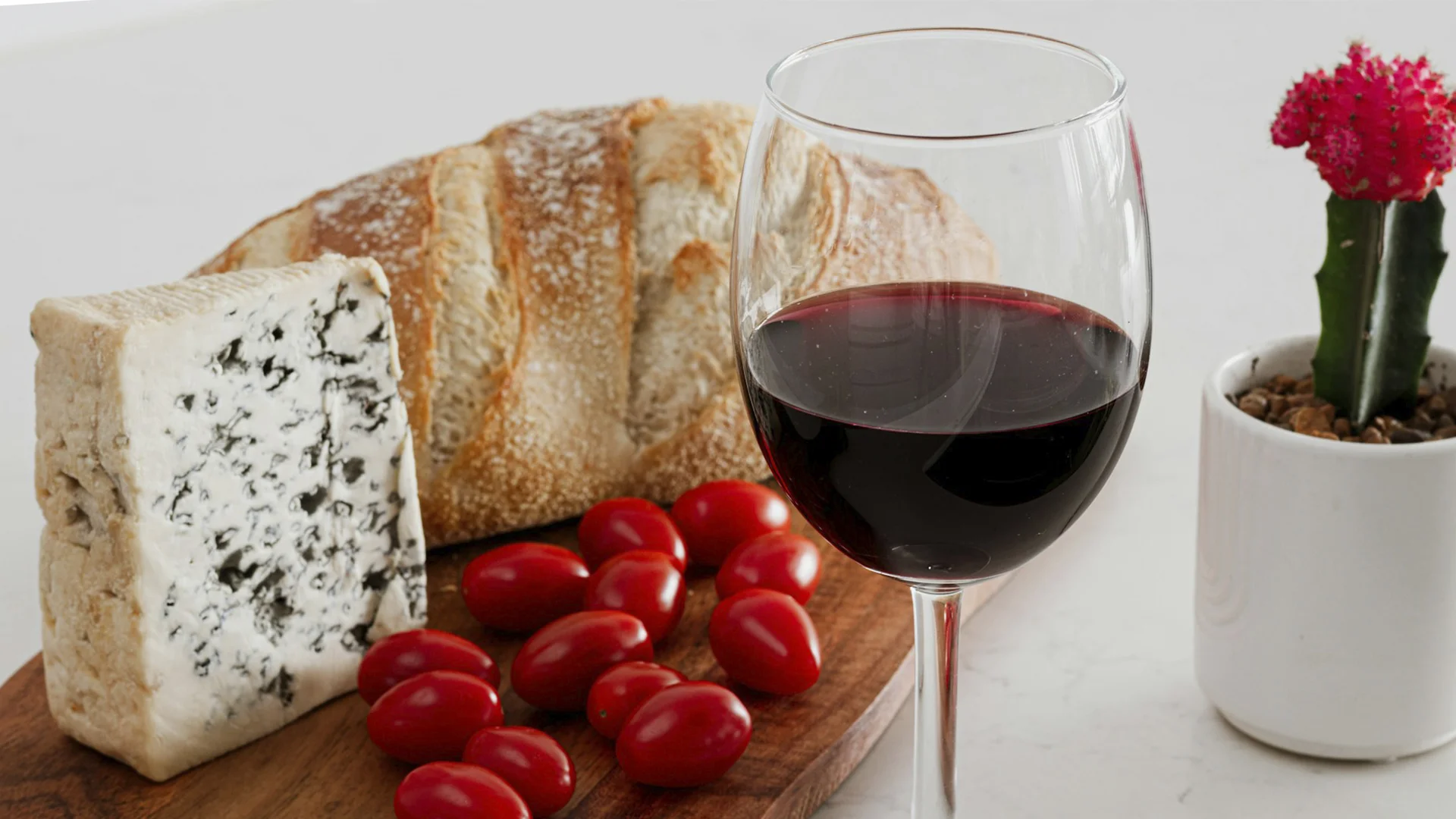
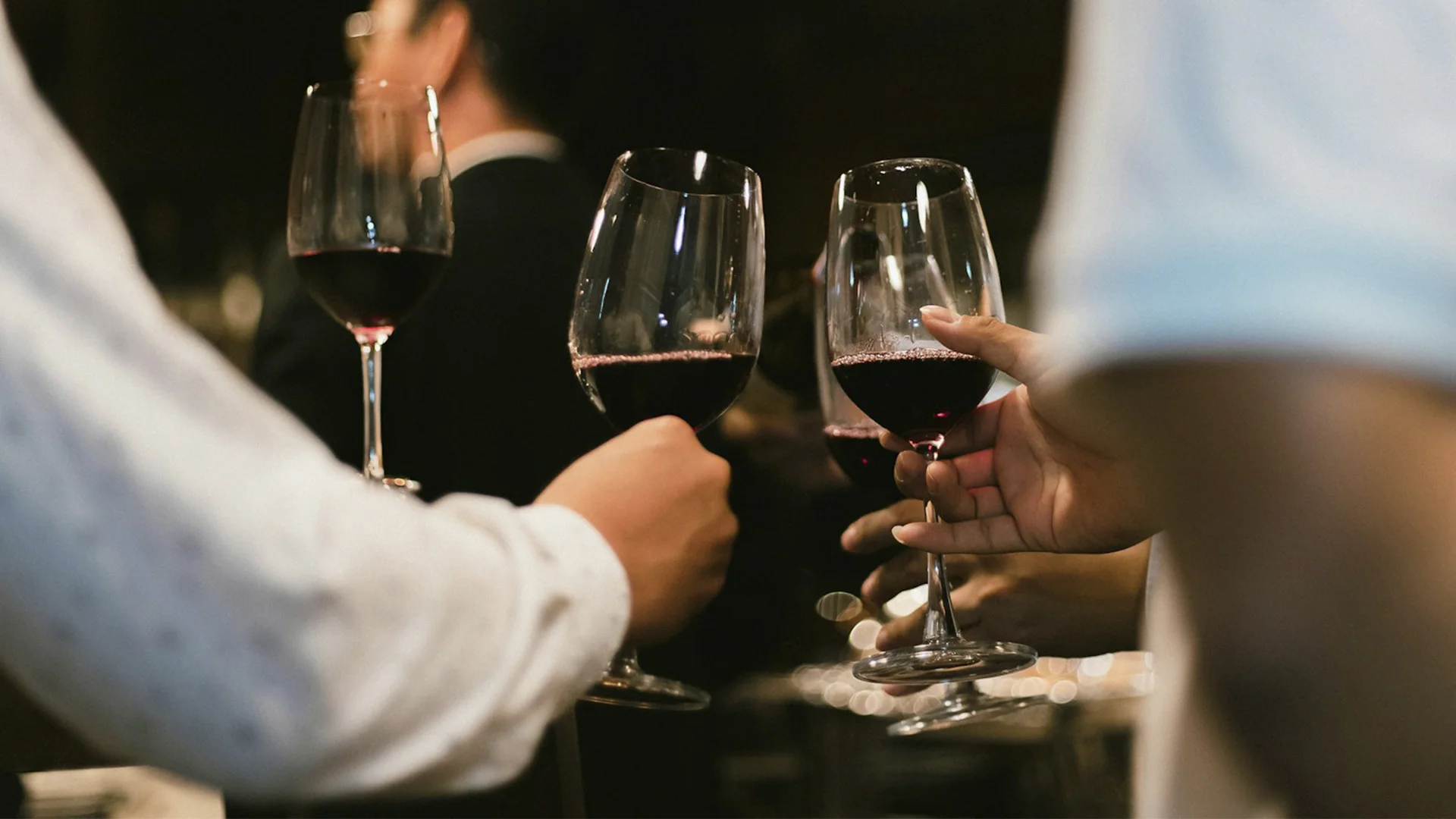
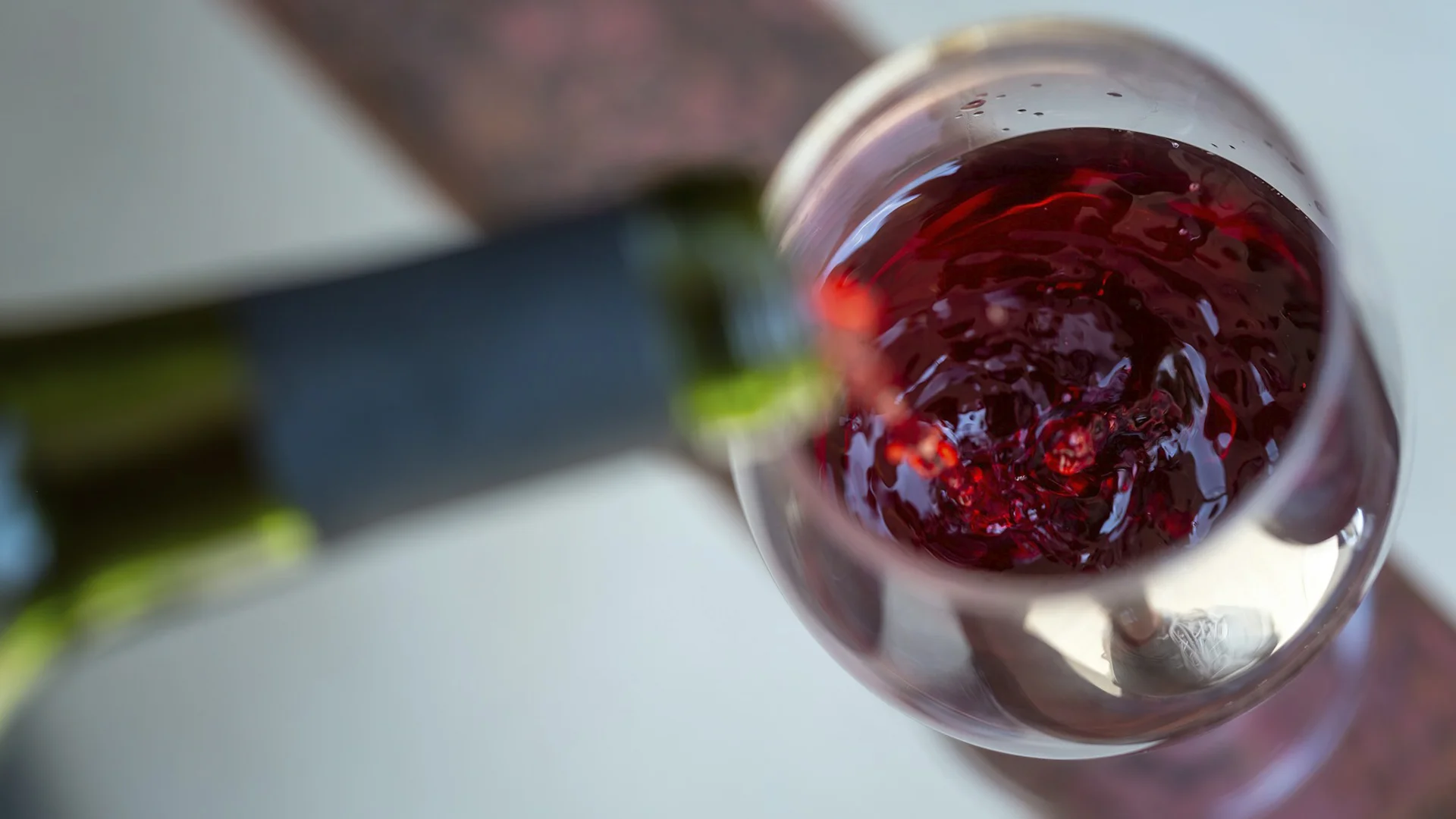
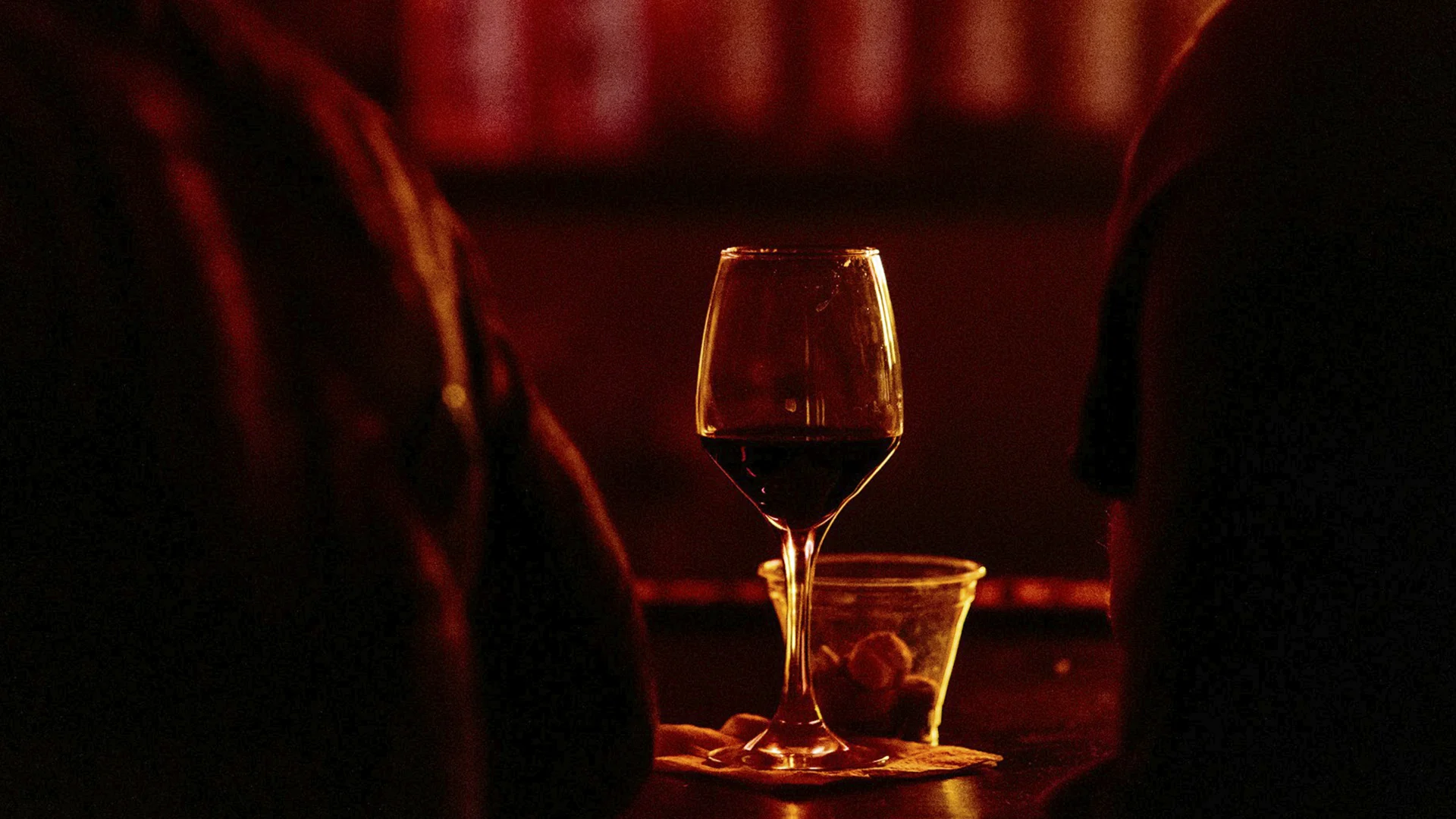
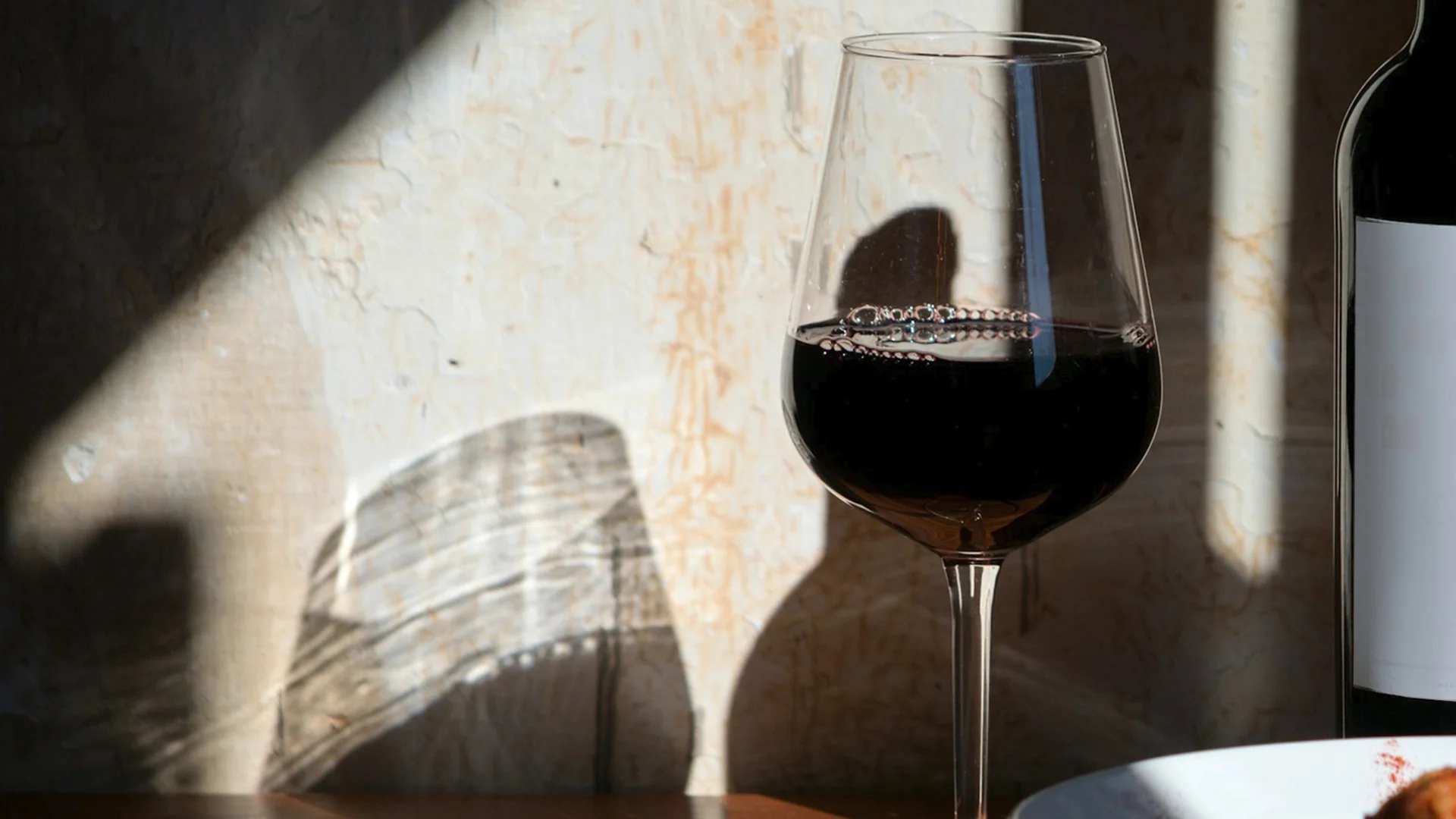
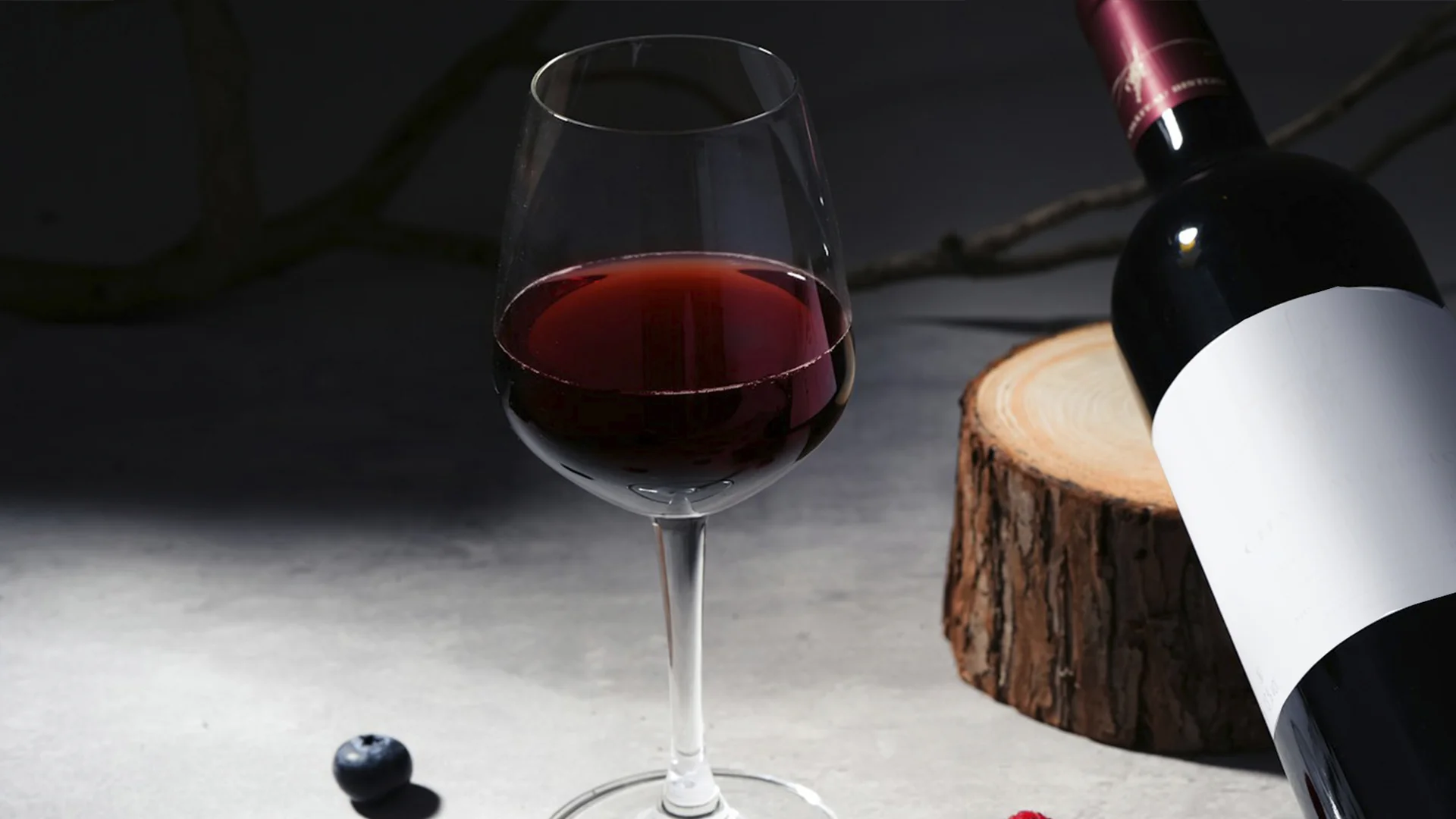
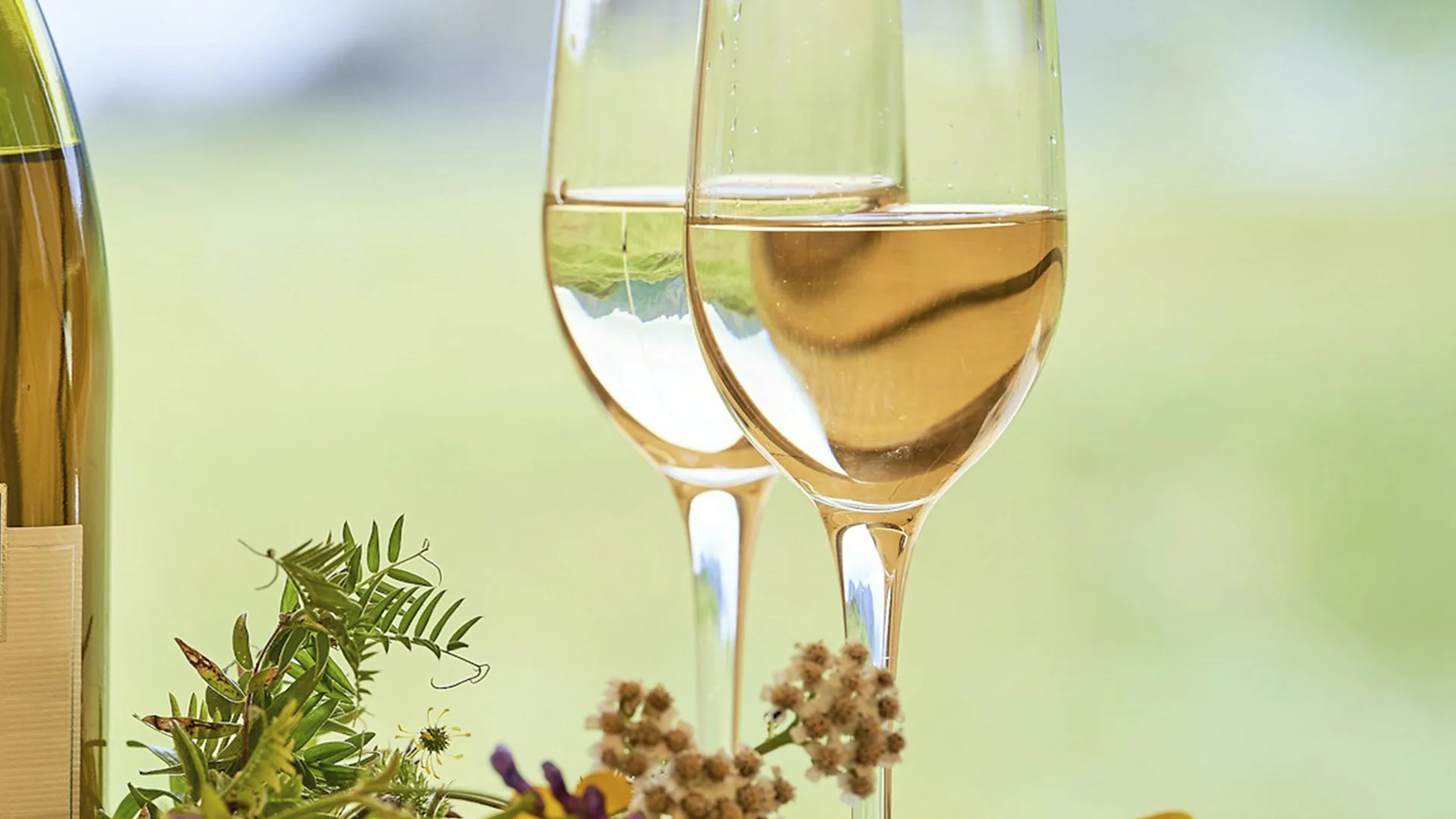
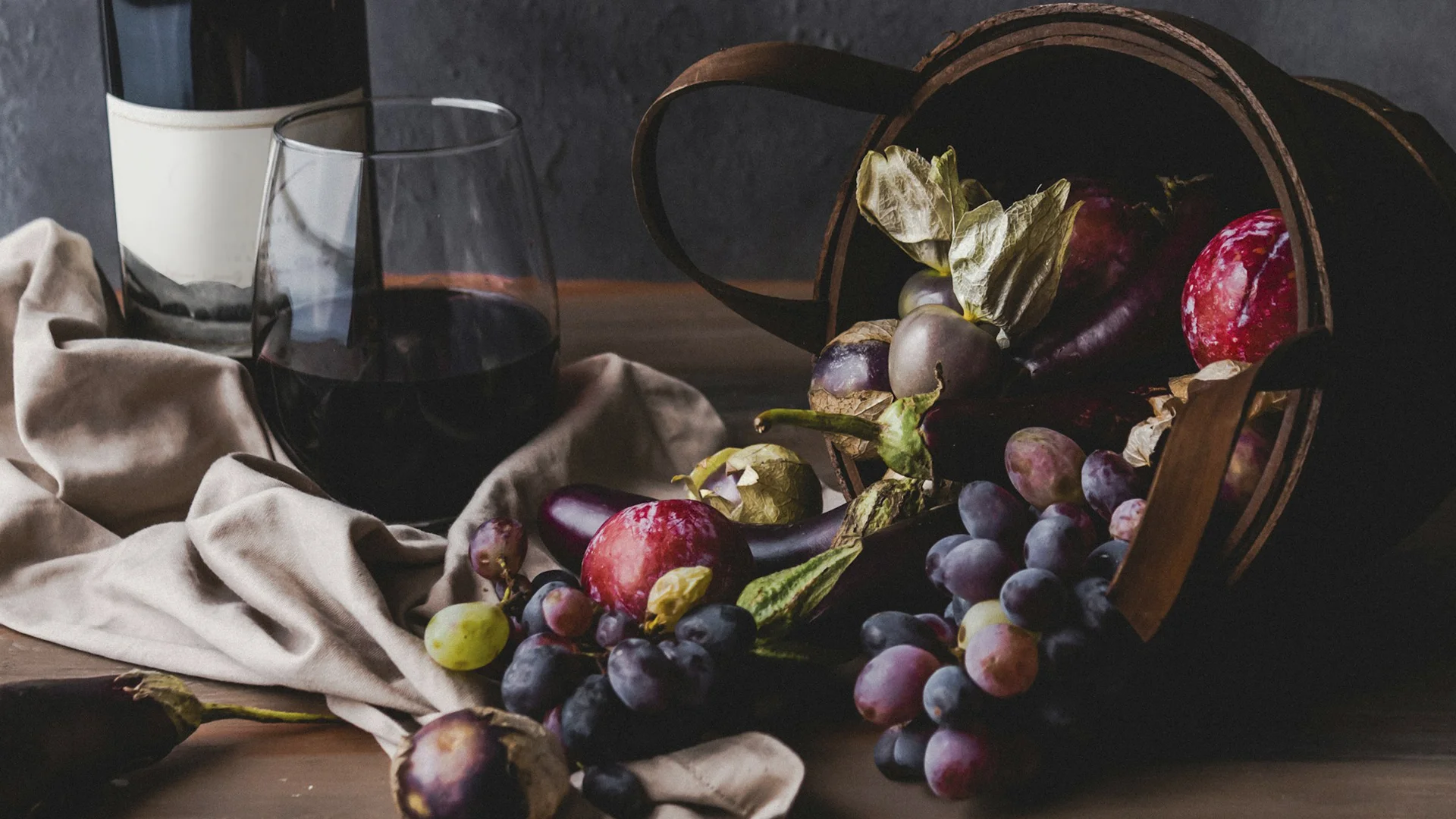
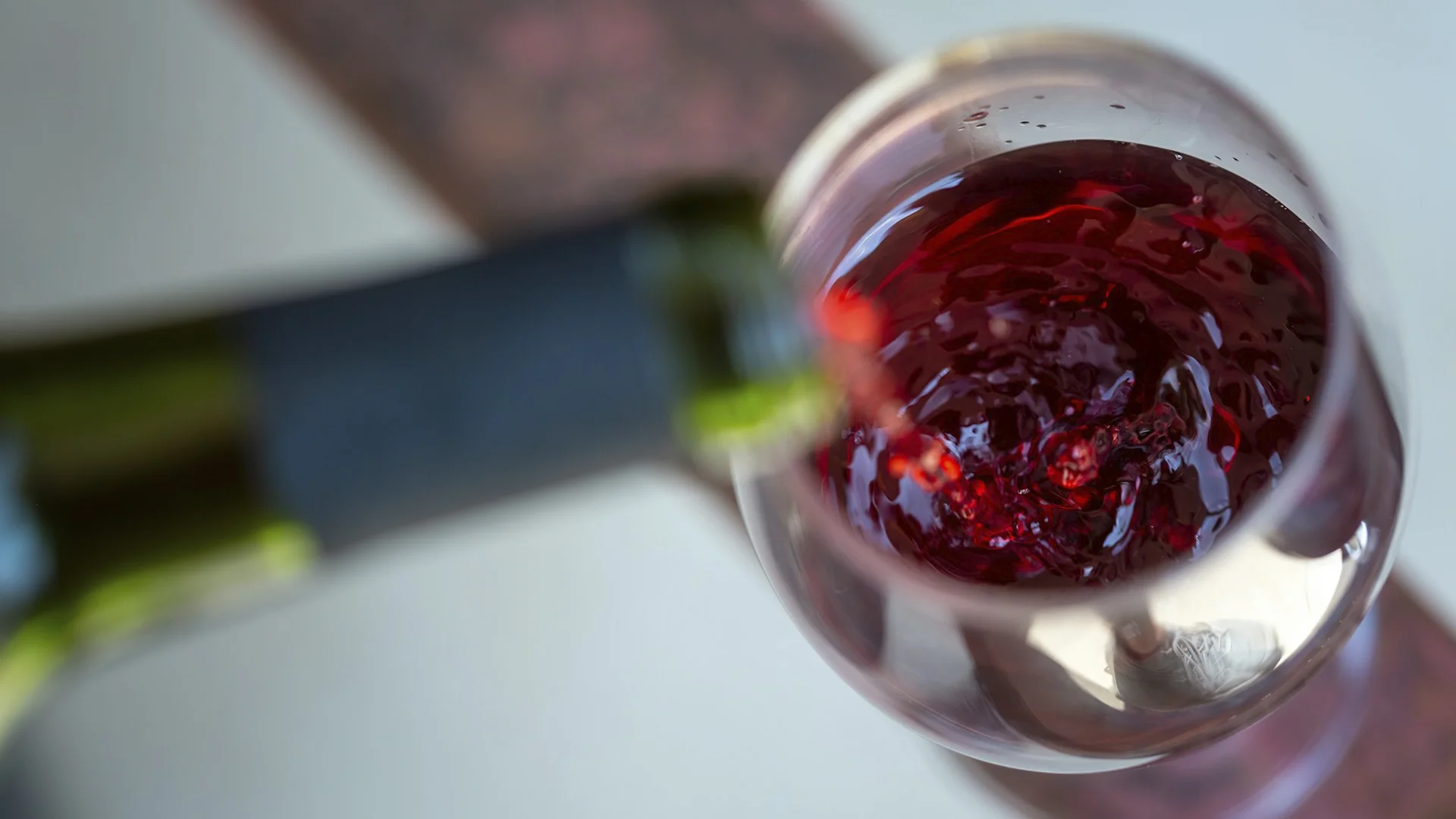
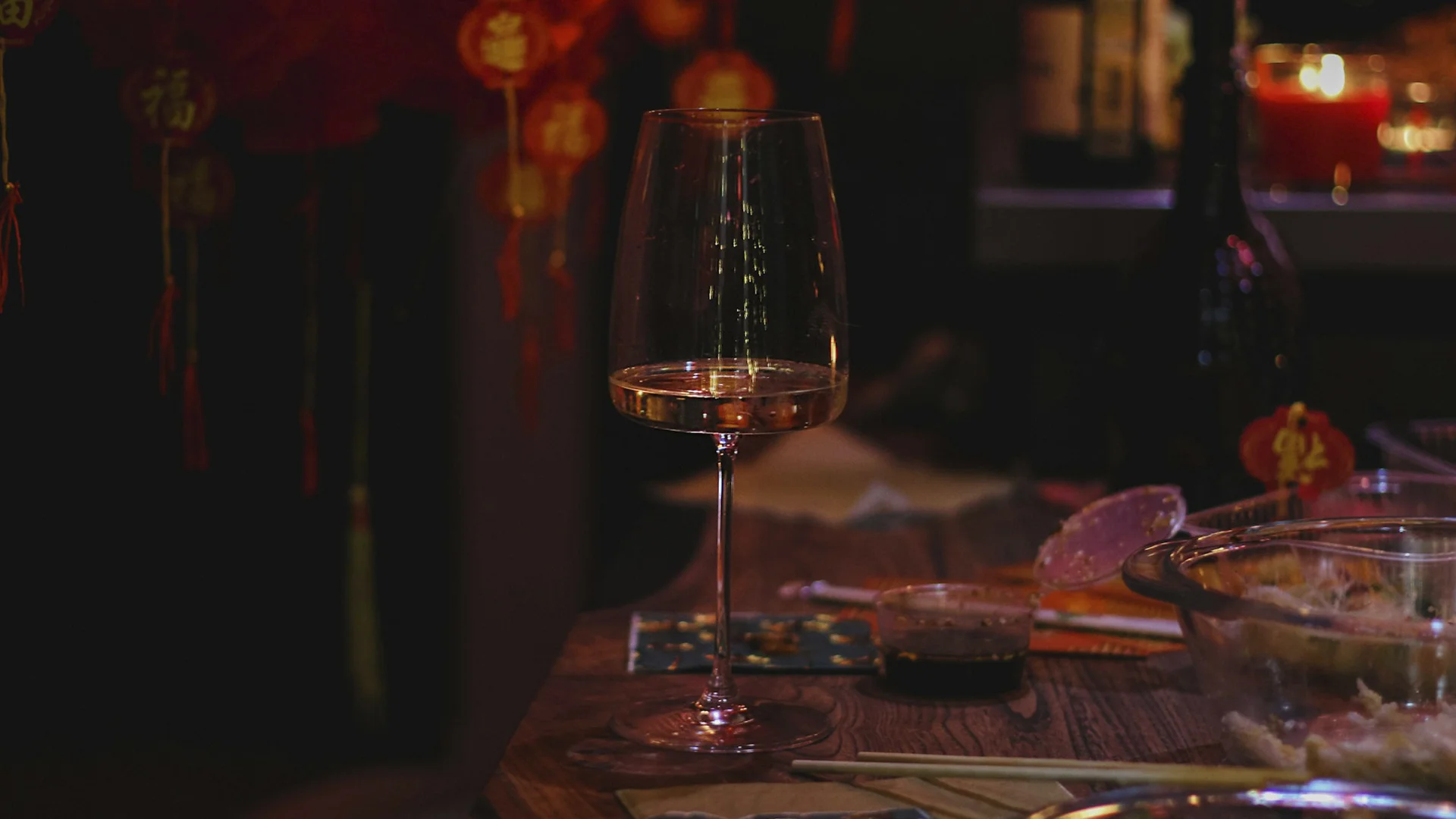






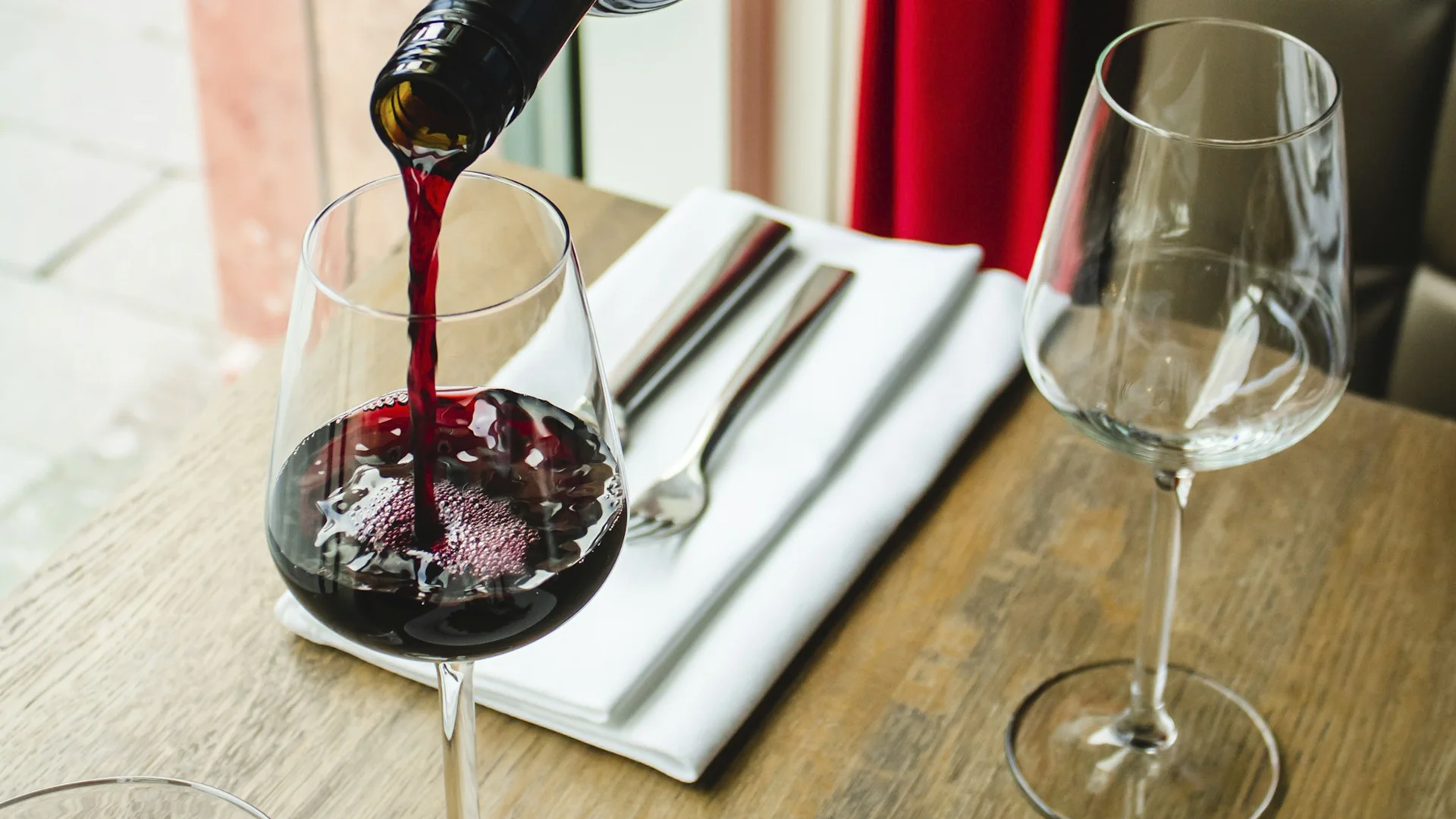












.webp)

.webp)
.webp)
.webp)



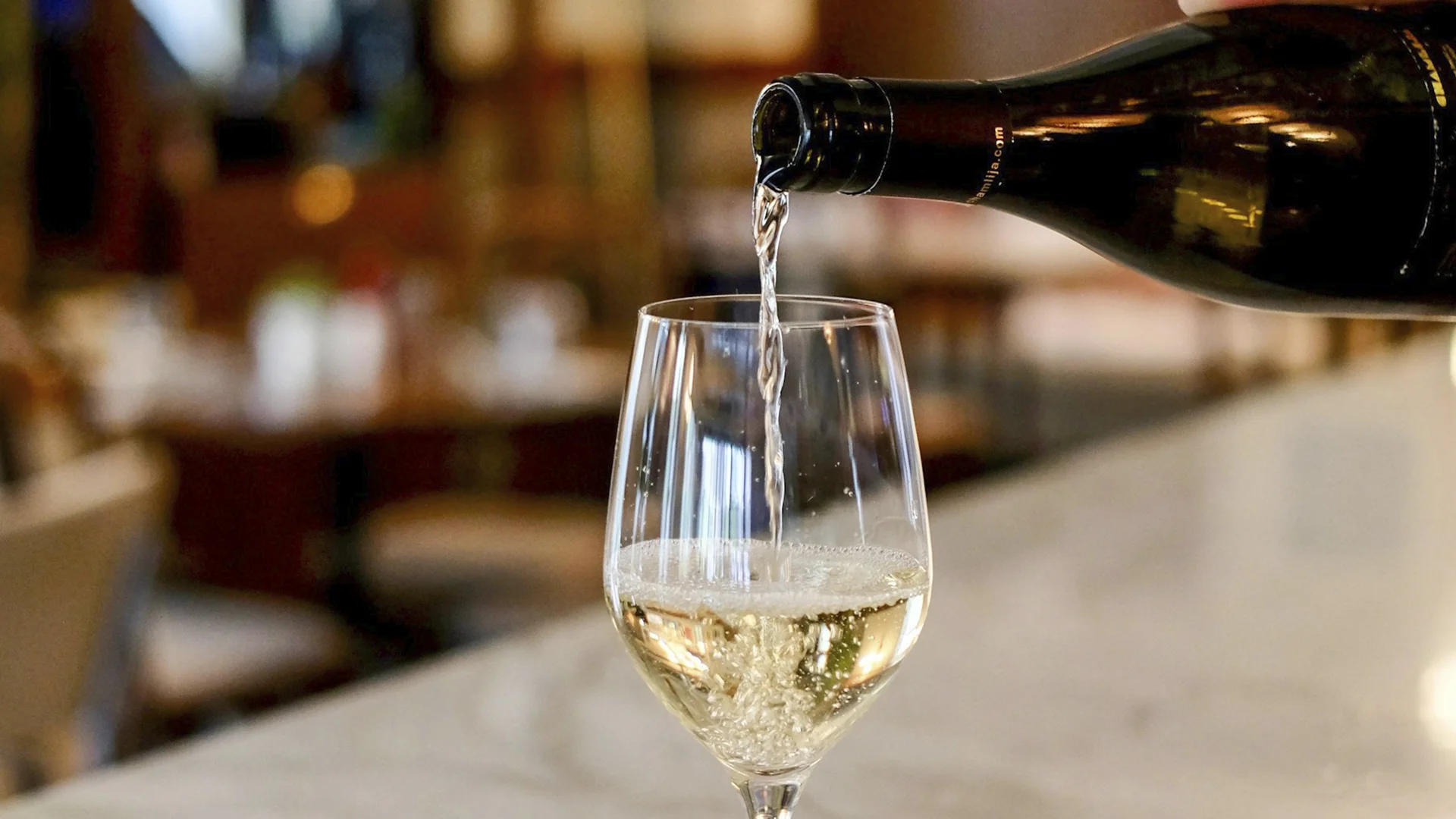


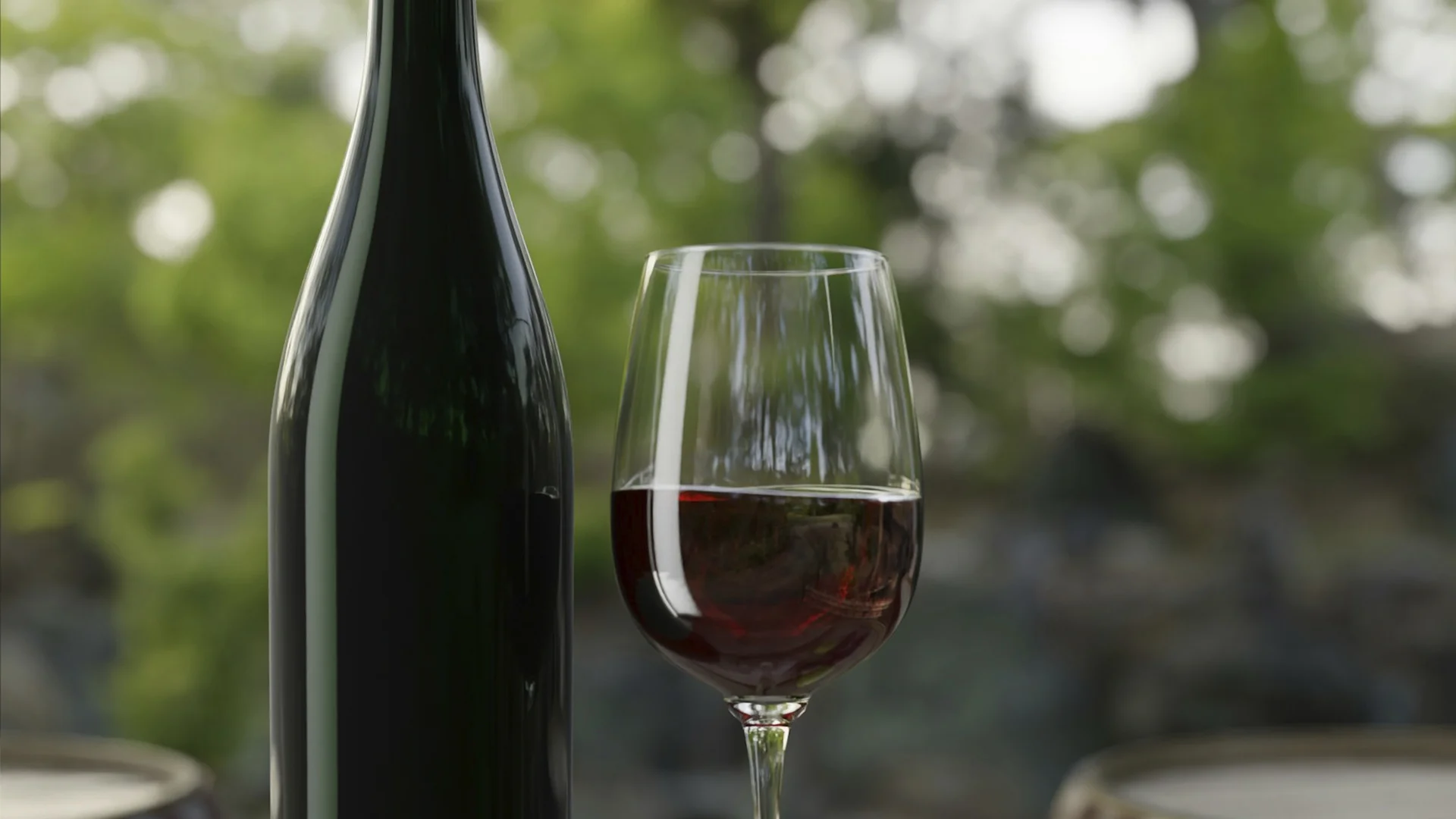



















.webp)













Are you interested in
collaborating with us?